|
3/15/2024 HER Planet Earth Completes a Monumental 100km Expedition Across the Gobi Desert to Combat Climate CrisisRead Now FOR IMMEDIATE RELEASE Singapore, 25 March 2024 - In an inspiring testament to human resilience and dedication to environmental conservation, the HER Planet Earth team successfully completed a challenging 100km journey through the Winter Gobi Desert. This extraordinary expedition was not only a demonstration of endurance but also a vibrant celebration of Mongolian culture at the local Camel Festival. Amid the eternal frost of the Gobi, the team experienced the unparalleled hospitality of nomadic families and the awe-inspiring beauty of the desert's landscapes. Their journey was enriched by collaborations with The Nature Conservancy Mongolia and meetings with influential women leaders in the Omnogovi province, highlighting the critical role of community in the face of global environmental challenges. This expedition underscored the team's commitment to addressing the escalating climate crisis and served as a call to action for collective efforts in conservation. Through their journey, they have not only forged a deep connection with the spirit of Mongolia but also spotlighted the indispensable role of women and local communities in environmental advocacy. In a significant stride towards sustaining their conservation efforts, the team has raised USD $50,000 for The Nature Conservancy (TNC). These funds are earmarked for empowering local communities and safeguarding Mongolia's exquisite natural heritage, proving that the journey towards environmental resilience continues well beyond the expedition. Looking ahead, HER Planet Earth is poised to amplify their message through a documentary screening, with details to be announced. This film will showcase the breathtaking landscapes of the Gobi, the expedition's poignant moments, and the urgent need for continued support in the fight against climate change. The Cause Supporting TNC's extensive work across the world, the HER Planet Earth expedition's contributions are set to fortify conservation in Mongolia. The funds will bolster women's roles in the community through handicraft training and propel forward-thinking livestock management research. These initiatives promote sustainability and the wellbeing of herding families, ensuring they can continue to thrive alongside the flora and fauna of this vast region. "Our commitment mirrors the persistence of the Gobi's sand-carved landscapes," stated Christine Amour-Levar, Founder of HER Planet Earth. "The expedition embodies the unyielding spirit of the women who dare to brave the elements, mirroring their journey with our collective stride towards sustainability, empowerment, and conservation." Filming The forthcoming documentary will feature the vision of award-winning filmmaker Jacqui Hocking, whose dedication to purpose-driven storytelling has captured global attention. As the Winter Gobi Desert Expedition brings Mongolia's conservation needs into focus, the film will spotlight the challenges faced by these ecosystems and the communities dependent on them. The narrative also ties into the Eternal Mongolia Project Finance for Permanence (PFP) initiative, an innovative scheme to ensure continued protection for Mongolia's precious natural habitats. Why the Gobi? The Gobi Desert, spanning across Mongolia and China, was chosen for its unique combination of challenge and beauty. It is the largest, as well as the coldest desert in Asia, and the fifth largest in the world. The Gobi’s unique ecosystem is renowned for its stunning natural formations, as well as real dinosaur fossils and endemic flora and fauna. Prominent landforms include sand hills and dunes, dry mountain slopes, gravelly steppes, rocky hills, saxaul forests, dry riverbeds, and more. Situated to the north and high up around 1,500m above sea level, the Gobi is a cold desert with extreme weather conditions. Indeed, as one of the harshest deserts globally, the Gobi provided a testing ground for the HER Planet Earth all-female team, riding Bactrian camels across its vast expanse. The expedition not only aimed to showcase the resilience of women but also emphasised the importance of environmental conservation in fragile ecosystems. This journey through the Gobi Desert underscores the significance of preserving Mongolian herding communities and their delicate balance between tradition and conservation. The stark beauty of the Gobi serves as a backdrop to the mission's core objectives: empowering local women, advancing conservation efforts, and fostering sustainable practices. NOTES TO EDITORS
About HER Planet Earth Founded in 2017, HER Planet Earth is a non-profit organisation headquartered in Singapore that aims to empower women to mitigate climate change. One of its core objectives is to inspire more women to become policymakers and agents of change to achieve social and economic equity and a healthy and thriving planet. HER Planet Earth organises challenging, often pioneering, self-funded expeditions around the world to increase awareness on environmental degradation and raise funds for programmes that empower and educate underprivileged women affected by climate change - ultimately helping them build climate change resilience. The organisation partners with nature lovers, environmentalists, scientists, polar explorers, adventurers, women’s rights advocates, corporates, tech entrepreneurs, feminists and charities that have programmes and structures in place dedicated to building a deeper connection between gender equality, genuinely sustainable development, and the protection of the environment. Team Profiles The HER Planet Earth Gobi Desert 2024 Adventure team comprises fifteen intrepid women from varied nationalities and walks of life. United by their professional successes and a shared passion for environmental stewardship and women's empowerment, their bios can be accessed here. Support the Mission To contribute to this essential mission, please visit the team’s fundraising page here. For media inquiries, please reach out to [email protected] 3/28/2023 HER Planet Earth Team Embarks on a Triple Challenge in Switzerland TO put the Spotlight on Climate Action for RefugeesRead Now In June 2023, a self-funded team of 12 women, under the banner of HER Planet Earth - a non-profit organisation headquartered in Singapore dedicated to gender equality and environmental conservation, will embark on a unique triple-challenge expedition, which will incorporate mountain climbing, biking and stand-up paddle boarding across one of Europe's most stunning destinations, Switzerland. This will include summiting an alpine peak at close to 3,000m in the Furka Pass, biking 100km across mountainous areas and crossing an icy lake on SUP boards. The objective of the expedition is to raise awareness and funds for one of the most under-funded humanitarian crises in the world: the Rohingya refugee emergency. The team will aim to raise a total of $50,000 USD to support a UNHCR Environmental programme in Bangladesh which includes reforestation, human-elephant contact management and youth-led climate action training activities. HER Planet Earth, now in its seventh year of operation, raises awareness and funds via expeditionary travel across the globe. Pioneering in nature, the group’s initiatives champion organisations and programmes that work directly with underprivileged women and youth affected by climate change, empowering them to advance their lives and communities. Past HER Planet Earth expeditions have taken all-female teams to remote islands in the Philippines, mountains in Antarctica, across the Arctic Circle Trail of Greenland and to the largest caves in the world in Vietnam. Image Source: Nepal Institute for International Cooperation and Engagement (NIICE) Why Bangladesh? Rohingya refugees fled the violence in Myanmar at a staggering rate in 2017 – and the numbers keep growing. Bangladesh is home to Kutupalong – the largest and most densely populated refugee settlement in the world. The series of camps that make up the settlement were carved out of the forest in southern Bangladesh in 2017 to shelter hundreds of thousands of Rohingya refugees fleeing violence in western Myanmar’s Rakhine State. Bangladesh is extremely vulnerable to the impacts of climate change. Many of the refugees’ makeshift shelters, are built on deforested, unstable hillsides, providing little protection against tropical storms of increasing intensity. Last year alone, flooding and landslides forced some 24,000 refugees to abandon their homes. Climate action initiatives have long been a priority for UNHCR. The reforestation intervention alongside efforts to clear and restore waterways and improving drainage systems has helped reduce the adverse effects of flooding in the Bangladesh camp. Plans to further restore the local ecosystem, stabilize hillsides and reduce carbon emissions will require more time and funding. It is important to note also that through proper guidance and training, the youth, majority of whom are girls, in these settlements are championing efforts to regreen the camps and to raise awareness about the impacts of the climate crisis. Whenever possible, these youths educate their family, friends, and neighbours about the importance of protecting trees and local wildlife that wanders into the camp. The refugee site lies along one of Asian elephants’ main migratory routes between Myanmar and Bangladesh. Behaviorally, elephants always follow their traditional routes and corridors for regular movement. If they find any obstacles within it, they try to break it. They may also charge when they feel threatened and can be terrifying to those who encounter them. Since 2017, 14 people have died due to contact with elephants. To mitigate this issue, UNHCR and its partners have trained over 884 refugees and host communities to understand how to deal with elephants when they enter the camps. “The devastating impacts of climate change may both trigger displacement and worsen living conditions for those who have already been displaced. We must engage in climate change mitigation and adaptation strategies to mitigate future protection needs and prevent further climate caused displacement. Partners like HER Planet Earth not only help us to amplify our message about the importance of climate action, but they also help us to mobilise much needed resources in support of our cause. The Rohingya crisis is one of our most underfunded situations globally so the support from HER Planet Earth could not have come at a better time,” said Ann Moey, Partnerships Lead, Singapore, UNHCR. The Team’s Journey For this expedition - HER Planet Earth’s tenth to date - the team will begin the journey from Lugano and cycle from Croglio-Castelrotto, heading up through the small villages of Malcontone and Arosio. Following this, the women will start their descent from Arosio and wind their way around the 19-hairpin bends to Agno, on the shores of Lake Lugano. The next day the team will hike in Ticino in one of the most spectacular regions of the Western Alps, from Monte Lema to Monte Tamaro. They will continue the next few days, on bikes to reach the Gotthard Pass, before continuing to Andermatt. In the last few days, the women will attempt to summit Chli Bielenhorn peak at 2,940m part of the iconic Furka Pass, which is the most scenic and breath-taking winding road in the Swiss Alps with stunning views of deep valleys, small Swiss villages, and twisting hairpin turns to the oldest glacier in the Alps. This expedition will be challenging because of the complexity of the challenge and involves hiking and mountaineering on rock, snow, and ice. Finally, the team will stand up paddle board across Lake Brienz ride on bikes from Interlaken to the Lauterbrunnen valley. “HER Planet Earth’s objective is to inspire people to go beyond their comfort zones, families, and homes for a certain period, while pushing their limits to rally support for a worthy cause. At the core of our culture is a commitment to empower underprivileged people, a passion for adventure and a deep respect and love of nature. HER Planet Earth seeks to take participants on pioneering expeditions around the world, so that they can make new discoveries, flourish as individuals, but most importantly, contribute to society. The team hopes to bring international attention to the need for societies, governments, and corporations to get involved and help support climate action and women empowerment,” shared HER Planet Earth Founder and CEO, Christine Amour-Levar. NOTES FOR EDITORS
About HER Planet Earth HER Planet Earth is a non-profit organisation headquartered in Singapore that aims to empower women to mitigate climate change. One of its core objectives is to inspire more women to become policymakers and agents of change to achieve social and economic equity and a healthy and thriving planet. HER Planet Earth organises challenging, often pioneering, and self-funded expeditions around the world to increase awareness of environmental degradation and raise funds for programmes in sustainable agriculture and wildlife conservation to empower underprivileged women affected by climate change - ultimately helping them build climate resilience. The organisation partners with nature lovers, environmentalists, scientists, polar explorers, adventurers, women’s rights advocates, corporates, tech entrepreneurs, feminists and charities that have programmes and structures in place dedicated to building a deeper connection between gender equality, genuinely sustainable development, and the protection of the environment. Via its ESG advisory arm, HER Planet Earth also provides eco-tourism expertise for hands-on community conservation initiatives and experiences, as well as curated roundtable discussions and networking events for sustainability leaders and impact investors in the Asia Pacific region. About UNHCR UNHCR, the UN Refugee Agency, is a global organisation dedicated to saving lives, protecting rights, and building a better future for people forced to flee their homes because of conflict and persecution. It leads international action to protect refugees, forcibly displaced communities, and stateless people. UNHCR delivers life-saving assistance, helps safeguard fundamental human rights, and develops solutions that ensure people have a safe place called home where they can build a better future. The organisations also work to ensure that stateless people are granted a nationality. UNHCR works in over 130 countries, using their expertise to protect and care for millions. https://www.unhcr.org Team Profiles The team of this HER Planet Earth Switzerland 2023 Expedition is formed by 12 intrepid women of diverse nationalities and backgrounds. While they are all incredibly well accomplished in their careers, they are equally passionate about protecting the environment and empowering underprivileged women. Read their bios here. To donate to the mission please visit the team’s fundraising page here. To see pictures of the team’s journey, ‘LIKE’ their Facebook page, follow them on Twitter and Instagram: For media queries, please contact: [email protected] By Christine Amour-Levar February 2023 - Antarctica may seem distant for most of us, yet this remote continent contains enough ice to raise sea levels around the world by tens of metres. What happens in Antarctica therefore has implications on coastal regions worldwide and the billions of people who live within them. I have just returned to Singapore after an unforgettable week in Antarctica where I was travelling with a team of scientists from the Earth Observatory of Singapore (EOS). There, we experienced extreme weather, from beautiful sunshine and warm conditions, to gale-force winds, strong swells and sub-zero temperatures. Indeed, there were two days during which we could not even leave the ship as it was too unsafe to get into the zodiacs because of the swell. We also visited one of the oldest research bases in Antarctica, Port Lockroy, set up in the late 1940s by British explorers, and there, we spoke to the people at the centre and they shared that this past year has seen historic snowfall and unprecedented amounts of rain. In fact, last month, was the wettest month ever recorded, and this rain caused accelerated calving of the ice sheet and glaciers in and around the research station. So we have, in a way, seen climate change in action, first hand - and this inevitably brings home the urgency of the situation. They say Antarctica is one of the fastest warming regions on the planet...and we really saw this happening. Everything is changing. As a low-lying island in the tropics, Singapore, where I reside, is especially vulnerable to changes in the oceans. The government had in 2019, announced a S$100 billion plan to protect Singapore from the threat of rising sea levels over the next 50 to 100 years. To contribute to Singapore’s fight against rising sea levels, scientists from EOS, led by Professor Benjamin Horton, one of the leading climate scientist in the world, have – for the first time - travelled to Antarctica to better understand the threat of the melting of the Antarctic ice sheet on Singapore and Southeast Asia. The scientists have also conducted a range of research activities there. They include ice coring to understand past temperatures and the current rate of melting, sampling the Antarctic deep water to analyse its chemistry and its influence on the movement of the world's oceans, and air sampling to investigate microorganisms in the atmosphere. Why is Asia most at risk from Climate Change? A lot of people think that what happens in the Arctic and the Antarctic does not really concern us here in Asia, but China, Bangladesh, India, Vietnam, Japan, Indonesia, Thailand and the Philippines account for 70% of the people living on land most at risk from rising waters. As the rate of climate change accelerates, many coastal cities will be affected, and Asian cities will be hit much harder than others given their population, economic activity, and landmass. The processes that control sea-level rise are amplified in Asia. As a result, four out of every five people impacted by sea level rise by 2050 will live in East or Southeast Asia. Scientists estimate that 300 million people will be flooded annually by 2050, and by then there could be over 1 billion climate refugees. A recent study found that a wide range of environmental and climate change threats are worst for Asian cities, with the rest of the planet getting off more lightly. Based on such factors as pollution, a lack of water, extreme heat and general vulnerability to climate change, 99 of the 100 most risk-prone cities in the world are in Asia, with the Indonesian capital, Jakarta, topping the list and cities in India close behind. Jakarta, with a population of more than 10.5 million people, is sinking. Like many coastal cities around the world, Jakarta is vulnerable to sea level rise. Built on what was once a swamp, the city has serious water supply problems and its air is severely polluted. Indeed, sea level rise is one of the biggest existential threats to the prosperity of the region of Southeast Asia. Most people don’t realise that the two main drivers are the north and south poles on the planet, where vast quantities of fresh water have been frozen in time since the last ice age. However all this is changing rapidly as global warming is accelerating the rate of ice-melt in these regions, which will threaten millions of coastal habitats cross the world – but none as concerning as Southeast Asia. Scientists at EOS are most concerned about the effects of the melting ice on both sea level rise and extreme weather events, like storm surges, typhoons, tsunamis and just how fast and how high the polar regions could impact coastal habitats, infrastructure, food and economic security in the region.. What Kind of Sea Level Rise Can we Expect? As more carbon dioxide is released into the atmospheres and our planet heats up, warmer waters are expanding and glaciers are melting much faster, raising the level at which the sea meets the land. Although predictions for the extent and rate of sea level rise vary greatly, it is believed that if all of Greenland were to melt, it would raise sea levels by six meters, but it is Antarctica that we are increasingly worried about. Antarctica is colossal in size, covering a surface area greater than Australia, having a thickness of up to four kilometres. If the West Antarctic ice sheet alone were to collapse, scientists estimate that the resulting global mean sea-level rise would be 4.2 metres (3.2m sea level rise + 1 additional metre because of water-expulsion mechanisms), and if all of it were to melt, this would raise sea level by 65 metres. If we go above 2 degrees Celsius pre-industrial levels and don’t meet the Paris Agreement, this will be our tipping point. It will result in our ice sheets disintegrating. Greenland and Antarctica combined will mean more than 70 metres of water in terms of sea level rise – this would be catastrophic for our species. What this Means for Future Generations Climate change is a global problem, but in Antarctica, we saw it happening right in front of our eyes. The landscape is massive and it’s got so much ice in it. Simply put, we have to find a way to slow down the changes in Antarctica to give future generations the ability and the time to solve the climate emergency. The impacts of the melting of the ice sheets have such massive implications for every single person in Singapore, Southeast Asia and on our planet. This trip to Antarctica has been incredibly important to help our team of scientist understand the processes that control sea level in the past as well as in the future, which have consequences for billions of people on Earth. It has only reinforced my realisation that we are truly at a tipping point in the very fate of human civilisation. We have, but a few years to try and protect this environment, so that future generations have a place to live and a place to prosper. There is a real sense of urgency, but when you travel to Antarctica with a group of young scientists, as part of an international team, there is also a great sense of hope. Every young person has such an important role to play to save their generation and future generations from this urgent climate threat. Ultimately, if we solve climate change, we will solve the inequality that exists across the world. If we solve climate change, there will be justice and inclusivity for all. This is why it is so vital to find a solution. My hope is that my four children will have the opportunity to come to environments like Antarctica and see the changes taking place while trying to understand the impacts. And then most importantly, that their generation may find the solutions to the climate emergency. We don’t have a moment to waste. Meeting Sylvia Earle One of the highlights of my trip to Antarctica was meeting up with one of the “Heroes of the Planet”, Sylvia Earle, a world-renowned marine biologist, oceanographer, and explorer. Our team boarded her ship the “Sylvia Earle” which happened to be anchored near our own. What a privilege it was to chat with her and the Mission Blue Team about the importance of protecting our oceans and putting a stop to industrial overfishing that threatens hundreds of species with extinction. She also brought up deep sea mining, a process of extracting minerals like manganese, copper, and nickel from depths of over 200 meters. Because these materials are becoming harder to find on land, companies want to continue their harvesting under the ocean. But deep-sea mining would destroy ecosystems — some of which haven't been named or even discovered. Sylvia, who has explored the ocean for most of her life, spoke passionately about the fact that deep-sea mining is an extremely invasive process that would lead to exploitation, contamination, and even extinction. A few days after we got back to Singapore, on March 4, we were ecstatic to learn that following almost two decades of discussion and negotiations, the United Nations passed a new oceans treaty that focuses on the conservation of marine biological diversity of areas beyond national jurisdiction. The treaty, which was developed in cooperation with the International Maritime Organization (IMO), aims to protect marine biodiversity on the high seas. It covers marine genetic resources including questions on benefit sharing, marine protected areas, environmental impact assessments and capacity-building and the transfer of marine technology. This landmark achievement will no doubt reinforce efforts to protect biodiversity around the planet, something Sylvia has been fighting for all her life. NOTES TO EDITORS
About HER Planet Earth HER Planet Earth is non-profit organisation headquartered in Singapore that aims to empower women to mitigate climate change. One of its core objectives is to inspire more women to become policymakers and agents of change to achieve social and economic equity and a healthy and thriving planet. HER Planet Earth organises challenging, often pioneering, self-funded expeditions around the world to increase awareness on environmental degradation and raise funds for programmes that empower and educate underprivileged women affected by climate change - ultimately helping them build climate change resilience. The organisation partners with nature lovers, environmentalists, scientists, investors, polar explorers, adventurers, women’s rights advocates, corporates, tech entrepreneurs, feminists and charities that have programmes and structures in place dedicated to building a deeper connection between gender equality, genuinely sustainable development, and the protection of the environment. About the Earth Observatory of Singapore The Earth Observatory of Singapore (EOS) was created in 2008 with the mission to conduct fundamental research on earthquakes, volcanic eruptions, tsunamis, and climate change in and around Southeast Asia, toward safer and more sustainable societies. The need for an institution like EOS has never been more important for Singapore and Southeast Asia. Disasters connected with natural hazards affect increasingly large populations, and in many cases are compounded by the threat of climate change and rising sea levels. To illustrate, the global economy suffered losses due to geo-disasters of ~US$232 billion in 2019, with many these occurring in Asia (Aon, 2020). Similarly, it is estimated that climate change and related disasters could directly cost the Asian economy ~US $8.5 trillion by 2030 as increased drought, flooding and crop failures hamper growth and threaten infrastructure. EOS will help to build the social compact for Singapore to tackle the challenges of climate change and sustainability, which is central to the major Green Plan policy priority of the Government. Building stronger capabilities to understand, mitigate and respond to natural hazards, disasters and climate change is critical to the sustainability and resilience of urban communities and infrastructure around our region. EOS generates scientific breakthroughs that meet our societal needs and improve the lives of those that live in Singapore and Southeast Asia. https://www.earthobservatory.sg Polar Impact Asia Documentary Our expedition was filmed by award-winning filmmaker Liz Courtney to form a second episode in the new documentary series Polar Impact Asia, which will be distributed across multiple streaming platforms in the second half of 2023. For media queries and interviews with Professor Benjamin Horton, Director of EOS and Fang Yi Tan, PHD Student Sea Level Research at EOS, please email: [email protected] Photo credit: HER Planet Earth, EOS, Sandra Lim, Quark Expeditions If environmentalism was about protection, sustainability is about survival, and regeneration is about thriving. This is a process of societal transformation and fundamentally, it is our value systems and mindsets that we need to recalibrate to carve a new trajectory away from exploitation and extraction as the core approaches to business and economic growth. Nothing embodies this concept better than what our HER Planet Earth team experienced as guests of Frédéric and Chris Tardieu, founders of the Sulubaaï Environmental Foundation, a non-profit organisation dedicated to conserving, protecting and restoring the natural resources of Palawan for the benefit of the local population. Indeed, this May, we spent the most magical and eye-opening week with them on their Pangatalan island in the Philippines. Over the past 12 years, the foundation has completely restored the 4.5-hectare island and made it self-sustainable by planting more than 80,000 trees and turning it into an MPA, or Marine Protected Area. The project has also included a robust mangrove restoration programme, and the creation of SRPs, or Sulu Reef Prosthesis (an artificial, concrete reef systems, which is recognized by UNESCO) to restore corals. SRPs were designed and patented by the Sulubaaï Foundation in 2016 and are used as platforms on which coral fragments are transplanted. From 2017 till today, Sulubaaï has installed over 300 SRP on different coral rubble patches within its marine protected area, and transplanted more than 2,500 coral fragments, belonging to more that 15 genera and 30 hard coral species. The foundation has also set up an organic farm, implemented a waste segregation system and built solar panels - all of which have contributed to making the island carbon negative. During our visit, our HER Planet Earth team installed three artificial reefs and 30 "fragments of hope" (i.e. corals fragments). The reef is now part of the Sulubaai's Foundation’s Marine Protected Area of 50 hectares. This is a meaningful contribution, as it builds on the work of the foundation to protect the area, which is part of the Coral Triangle (hosting 30% of the world's coral reefs) and is a hot spot of marine biodiversity. The HER Planet Earth team also met with women from the local communities around Shark Fin Bay of the Sandoval Barangay - consisting of leaders, fisherfolk, teachers, farmers, home makers, students, and mothers - so as to help raise awareness about the importance of protecting our environment. The objective of this open forum was to have constructive discussions and exchanges on how best to protect nature in this region. We also shared our hopes and dreams for our lives, our children’s lives, and our planet’s future. As a result of our trip, we also learnt that:
Sulubaai highlights the importance of learning to sustain ourselves equitably within the resources and means of the planet upon which we rely on for survival instead of extracting and using resources at a faster rate than Earth can replenish them. The end goal is not “to sustain what we already have”; it should be to evolve our species to move beyond the status quo of destruction and exploitation, to find new ways of meeting everyone’s needs within the means of the planet. It's about respecting, cherishing and living within the natural ecosystem. Once we have established the ability to do that, when we have changed our value system, business practices, cultural conventions, and collective mindsets, then we can give back more than we take — and finally live sustainably on our beautiful planet. To support and find out more about the Sulubaai Foundation, please visit their website here. 10/13/2020 Accelerating Climate Change Calls for More International Disaster Relief Cooperation - HER Planet Earth Joins Forces with UK-Based RE:ACTRead Now For Immediate Release
Singapore, 13 October 2020, on the International Day for Disaster Risk Reduction - The United Nations Secretary General António Guterres said last December 2019 at the opening the U.N.’s annual climate conference in Madrid, “Climate-related natural disasters are becoming more frequent, deadlier, more destructive, with growing human and financial costs.” In the past year alone, we have seen more devastating fires in California, persistent drought in the Southwest, record flooding in Europe and Africa, a heat wave, of all things, in Greenland, seas warming and rising faster, putting more cities at risk of tidal flooding or worse. Indeed, climate change and its effects are accelerating, with climate related disasters piling up, season after season. “Things are getting worse,” said Petteri Taalas, Secretary General of the World Meteorological Organization, which also concluded in its most recent global climate report that, “It is more urgent than ever to proceed with mitigation.” In view of the accelerating climate crisis, Singapore-based advocacy group HER Planet Earth has announced its partnership with UK-based charity RE:ACT to raise awareness of the effects of climate change and to promote campaigns that support vulnerable populations affected by natural disasters. HER Planet Earth organises all-female expeditions in extreme locations around the world, raising funds for programmes supporting women’s equality and environmental causes in disaster-stricken developing countries. The non-profit specifically supports women affected by climate disasters who are often the worst affected and least protected. Most natural disasters occur in rural regions and the majority of agricultural workers in developing countries are women, making them particularly vulnerable. Since launching in 2017, HER Planet Earth has raised awareness and funds - close to half a million dollars - in support of organisations and charities such as Conservation International, Zero Waste SG, WWF and the United Nations Entity for Gender Equality and the Empowerment of Women (known as UN Women). Disaster response charity RE:ACT combines a military-style approach with humanitarian action to aid the hardest to reach and most vulnerable people. It specialises in reaching remote and isolated communities in the immediate aftermath of disaster, enabling aid to get where it’s most needed, and often operates in regions under threat of repeat and prolonged natural disasters, as a result of climate change. The partnership will enable both charitable organisations to highlight the growing issue of climate change and the effects of natural disasters on poverty and the ability of communities to recover and build resilience, focusing particularly on women where they are the most vulnerable and in need. Ben Lampard, Director of Humanitarian Operations RE:ACT, said, “RE:ACT is delighted to announce this partnership with HER Planet Earth. Our mission is to provide direct humanitarian action for the hardest to reach and most vulnerable, so over the years we’ve responded to some of the worst affected communities and witnessed the disproportionate effect of disasters on the poorest, particularly women, so this is a cause very close to our hearts. By joining forces, we hope to stir people into action on the important issues of women’s equality and climate change. We look forward to working closely with HER Planet Earth for many years to come and hope that more people unite behind this incredible cause.” Christine Amour-Levar, Founder & CEO of HER Planet Earth, shared, “We are thrilled to partner with RE:ACT and shine a light on the importance of international cooperation to support vulnerable populations, especially when climate disasters strike. We particularly want to draw attention to the fact that women are amongst the most affected by climate change, partly because they make up the larger share of the agricultural workforce and tend to have access to fewer income-earning jobs. Our hope is that societies, governments and more corporations will get involved and help support disaster relief efforts.“ FIND OUT MORE About RE:ACT RE:ACT is a UK-based disaster response charity that repurposes the hard skills and experience of military veterans and combines a military approach with humanitarian action to aid the hardest to reach and most vulnerable people affected by disaster. https://www.re-act.org.uk About HER Planet Earth HER Planet Earth is non-profit organisation headquarter in Singapore that aims to empower women as a way to mitigate climate change. One of its core objectives is to inspire more women to become policymakers and agents of change in order to achieve social and economic equity and a healthy and thriving planet. HER Planet Earth organises challenging, often pioneering, and self-funded expeditions around the world to increase awareness on environmental degradation and raise funds for programmes that empower and educate underprivileged women affected by climate change - ultimately helping them build climate change resilience. www.HERplanetearth.com For press enquiries please contact: [email protected] [email protected] By Muriel Bauer An Endless Field of Broccoli This is the first thought that enters my mind as I am flying in a tiny plane over the Ecuadorian part of the Amazonian rainforest. I am on a two-week trip with a charity called the Pachamama Alliance, and will be visiting the Sapara and Achuar indigenous communities. Our wonderful group made up of about 20 people from all over the world is united by a common goal: the preservation of this pristine natural wonder. As days unfold, we succumb to the beauty and mystery of the rainforest and its incredible inhabitants. I have been on many amazing adventures before but this one is different: it is a journey into a deeper relationship with myself and our planet- the Pachamama. After a few days in the forest, my senses are in turmoil: I start to see, hear, smell and feel more vividly. As I spend time meditating and soaking up the environment, visions and dreams show their faces and my consciousness expands. Stripped bare from all links with my modern life, I turn inwards and have access to deeper layers of my inner self. This feels raw and exhilarating. Learning About the Achuar Cosmovision Here, dream interpretation is an integral part of life, in the same way that we might use a GPS to find directions. Each morning at dawn, dreams are deciphered for their valuable insights which guide the life of the dreamers and their family members. Everything that surrounds us (trees, animals, the water, the earth, the sun) is Spirit and as such, demands the deepest respect. In every community, we are welcomed by powerful shamans who share their ancient wisdom, provide spiritual cleansing and invoke the powerful spirit of the forest (Arutam in Achuar language). Listening to local men and women, we are struck by an almost visceral realization that we all belong to this interconnected web of life. The Largest Pharmacy in the World Following the Sapara Chief Manari through the dense forest is a lesson in ecology, bio-diversity, and humility. This calm and grounded man can describe the medicinal virtue and function of each tree, plant, bark and leaf in the forest. Some leaves can apparently cure Hepatitis A while others can help with fertility or digestive problems. Listening avidly to his teachings, we understand we are standing in the largest and most potent pharmacy of the planet and feel the urgency of conserving this magical place. Trekking for hours through the forest is indeed magical; there is no path, and we bless our dedicated guides without whom we would be completely lost. They navigate primarily through smell rather than sight and can spot any insect or danger very fast. Even though I am in the thick of an immense rainforest, I feel an unexpected sense of belonging and security, even when we spot the fresh marks of a (nearly extinct) jaguar! Breathing the incredible pure air, bathing in pristine water, listening to the myriads of birds at dawn is like a long-lost luxury. For me, this trip has been transformative on every level. As an eco-therapist, I have deepened my conviction that healing our soul and healing our planet are deeply interconnected. I feel immensely grateful for the incredible warmth of all the people I met on this journey, and remain in awe of the majestic beauty of the rainforest. The spiritual insights I picked up will stay with me as I come back to my urban life with a renewed sense of purpose and responsibility. Why this trip is Important This trip is a heartfelt plea to protect the Amazon forest, and by extension, the areas of our planet that are still pristine and undamaged. The Indigenous Tribes live in complete symbiosis with the fauna and flora. If this fragile ecosystem is ever even slightly disturbed, their very survival will be compromised. The major threats are oil extraction, logging, mineral extraction and, road construction. When we arrived, the clan leaders were alarmed as they had heard rumours of a project to build a road through the Achuar territory. They know this would bring disease, pollution, and the ultimate destruction of the forest and their culture. The fight seems enormous yet the message is simple: let’s just not touch this part of the world. The aim is to create a massive protected area, free from oil mining, logging, mineral extraction and touristic development. What is the Pachamama Alliance? Since 1995, the Pachamama Alliance has worked with indigenous partners in Ecuador to stand for the rights of indigenous people and Nature, safeguarding the rainforest and working in the industrialized world to shift the culture of overconsumption that threatens their Amazonian home. The Pachamama Alliance has launched a large campaign calling for the protection of the Sacred Headwaters (the rainforest part of Ecuador and northern Peru) and a complete ban on all industrial-level extractive activities.
A century ago, up to 12 million of the world's heaviest land mammals roamed the earth. Today, there are only about 500,000 elephants left. Despite a 1990 ban on international trade in ivory, and even if the demand for animal tusks has decreased over the last few years, these majestic animals are alarmingly close to extinction. In October 2019, our ‘HER Planet Earth’ all-female team, had the great privilege of trekking 100km with Samburu warriors in the Karisia Hills of Northern Kenya. The Samburu are nomadic pastoralists who have lived harmoniously with nature in this region of Kenya for centuries. Following patterns of rainfall in search of fresh pasture and water for their cattle, camels, goats and sheep, they have developed a special relationship with the environment and this has created a biocultural landscape that promotes both Samburu culture and biodiversity. During our week-long sojourn in this remote part of Kenya, we witnessed incredibly stunning landscapes and ever-changing sceneries, from dry deserts and rocky volcanic terrain, to lush green forests and meadows as we climbed higher in altitude to 2,550 metres above sea level. Travelling with a full safari train, made up of twenty-eight transport camels loaded with our tents and supplies, our team walked side by side with an armed Samburu escort composed of proud local warriors, trackers and rangers. Each day we covered about 18 to 20 kilometres on foot, leaving camp just as dawn broke, and arriving at our next campsite by early afternoon. Our Samburu guides kept us safe throughout, scanning the path ahead meticulously, constantly on the lookout for signs of wildlife or other visitors. They were attentive to every detail and looked after us with sincere and generous hospitality, which made all the difference. The objective of our trek was to increase awareness of the impact of climate change in this region and raise valuable funds for Conservation International and their programmes aimed at building the resiliency of the local people of Northern Kenya, and women in particular, who are the hardest hit by climate change. In Kenya, women are the natural custodians of the environment and the first to be affected by environmental degradation. This is because they are the ones who walk for hours looking for water, who fetch firewood and who provide food for their families. Our support, which culminated in a team total of S$145,000, was aimed at creating more livelihood opportunities for women in this area - focused on wildlife conservation. Elephants and Samburu Culture As we journeyed with the Samburu through their territory, we learnt a great deal about their love of nature and their deep respect for elephants especially. These beautiful mammals have influenced Samburu tribal culture since the dawn of time. Elephants create paths to water and break branches that can be used for firewood, two functions that benefit the Samburu people’s survival. As we soaked up the beauty of the region during our long days of walking, we came to hear about a local legend that tells the tale of elephants who once lived in homes and worked with the Samburu women, demonstrating that elephants are ancient relatives and therefore deserve love and respect. The Impact of Climate Change We soon also realised however, that the Samburu way of life is being severely threatened by the impact of climate change. Droughts are leading to conflicts, human and livestock displacement, animal diseases, and food insecurity. These nomadic herders frequently have to dig deep holes to find water for both themselves and their livestock. They call them ‘Singing Wells’ because they sing to their livestock as they dig, and the cows recognise their family’s song and come down to their well to drink. The difference between each family's song is usually clear but can be very subtle. At night, thirsty elephants seek out these wells. The adults, with great long trunks, have little problem reaching for the water, but the younger, inexperienced elephants can tumble in. If the animals can't be pulled out, the elephants are forced to abandon their young. Over twenty of these abandoned elephants now live at the nearby Reteti Elephant Sanctuary, the first community owned elephant reserve in Kenya. At Reteti, the baby elephants are being devotedly taken care of and bottle fed, until they are big enough and old enough to be re-introduced into the wild. It's a unique form of conservation, where the local Samburu people collectively own and manage the 3,400-acre property. As the largest of all land mammals, African elephants play an important role in balancing natural ecosystems and part of our team’s fundraising went to support this elephant sanctuary to help them grow and develop the programme, so as to employ more local women to care for these beautiful creatures. Female Empowerment & Eco-Livelihoods Additionally, our team’s efforts were focused on giving a voice and providing a platform for the development of sustainable enterprises and family livelihoods. The ripple effect will extend to education, health, family income and even security, peace and stability. Gender imbalance is a major factor obstructing sustainable development in Africa and poverty is a key element undermining a girl’s right to education; a cycle that reinforces a large gender gap. Many aspects combine to truncate a girl’s education and a young women’s career, limiting the full realisation of her productive capacities. On the other hand, educating a girl means that as a woman, she is then empowered and more likely to participate in development efforts and in political and economic decision-making. One of our beneficiaries is a Conservation International Fellow, Rufo Halakhe, whom we met during our visit. Rufo will use her fellowship to explore how women are affected by tribal clashes involving communities in her region and how women can be champions of peace through their existing cultural structures. Another very special lady we met during our trip is Josephine Ikuru, a community leader and the first female peace coordinator for the Northern Rangeland Trust, a partner of Conservation International. She’s been a champion for women’s rights in Northern Kenya since her teen years, defying gender norms to attend local meetings traditionally dominated by men. Josephine gained a passion for conservation through her efforts to reform poachers, working to end both the devastation of her beloved wildlife and the poverty that has given rise to it. By age 22, she was elected the Chairperson of the Nakuprat-Gotu Conservancy, bringing together rival tribes to curb poaching and conserve the native wildlife. Throughout her career, Josephine has successfully reformed dozens of poachers, helping convert several of them into conservationists and peace ambassadors. Anti-poaching Initiatives Our team spent a day with the Northern Rangelands Trust to better understand how our funds could help further develop their mobile anti-poaching unit. This group is comprised of highly trained men and women from the Kenyan National Police Reservists, who are tasked to protect the whole area. The rangers are extremely skilled in several disciplines, including physical training, first aid, weapons handling, navigation, legal briefing, and also work with a K9 task force, making them a unique influence for stability and safety in the community. Their efforts since their inception have contributed significantly to a reduction in the illegal killing of several endangered species in this part of Kenya. The local elephant population has bounced back as a result, from an all-time low, since the introduction of this team. The success and continuation of this ranger unit provides an example to other communities of what can be achieved with the right resources and training. Overall, our time in Kenya was a truly enriching and insightful experience. This magnificent country of epic landforms stirred in us deep longing for the rest of the African continent. And when you depart, as the plane lifts, you feel that more than leaving a continent, you are leaving a state of mind. Our hearts are full from the staggering beauty of the local people whom we came to know during our journey. They brought soul and colour to the earth. We will never forget the vast multicoloured grasslands peppered with immense herds of wildlife, which we traversed. As with many of our expeditions, it’s not so much about the destination but more about the journey itself. The conservation mission is difficult and urgent, and the odds are seemingly stacked against us. The path is rocky, steep, hard and dusty. At times we feel overwhelmed, it’s difficult to take just one more step forward, but then we see our teammates, who are just as thirsty and tired as us, and we know that we are not alone in this journey. Together, we lift each other up and it inspires us to keep going, because this pursuit is too important. We must never give up. By Guest Contributor Rachel Louise Carson was an American marine biologist, author and conservationist. She is recognised as one of the biggest and most vital conservationists in history as well as the mother of modern environmentalism. Her campaign revolved around challenging the use of man-made chemicals and her research eventually led to the complete ban of DDT and other pesticides nationwide. She was a naturalist and advocated for the use of organic methods by agricultural scientists. According to the National Women's Museum, the impact of the environmental movement that she embarked on led to the establishment of the U.S. Environmental Protection Agency (EPA). Early Life Rachel Louise Carson was born on May 27, 1907 in Springdale, Pennsylvania. She was raised on a 65-acre farm and spent her childhood years exploring the fields, falling in love with nature and writing about it. When she was 10, her first work was published in a children's magazine which was quite a feat. Growing up in such a natural environment instilled a major knowledge of nature and wildlife in her which then served as a drive that spurred her on to make all the moves that she made in defence of mother nature. According to Carson, "In every outthrust headland, in every curving beach, in every grain of sand, there is the story of the earth." She initially decided to pursue a career in writing, however, while still in college, she changed her major from English to Biology. In 1929, she graduated from the Pennsylvania College for Women (now Chatham College). She then proceeded to John Hopkins University, which was a very rare occurrence for women at the time, where she did some graduate work. She had her fellowship at the U.S. Marine Laboratory in Woods Hole, Massachusetts and taught at the Johns Hopkins summer school during the course of her post-graduate studies. She later went on to teach at the University of Maryland for five years. Her Works and Contribution to Science
After spending five years at the University of Maryland, Rachel Louise Carson got employment at the Bureau of Fisheries in 1935. One of her major responsibilities at first was to create a series of seven-minute radio programs devoted to talking about marine life. They were tagged "Romance Under the Waters." By 1936, she was regarded as one of the only two women who had employment at a professional level with the U.S. Fish and Wildlife Service Bureau and this was stated by the U.S. Fish & Wildlife Service itself. She worked here until 1952 and before she left, she had already been promoted to editor-in-chief of the service's publications. She also contributed her quota during World War II by studying and investigating undersea sounds to help the Navy in their quest for the detection of submarines. While doing her work for the government, she was responsible for writing a significant number of articles which were published by the Baltimore Sun. As a step in the right direction, she wrote her first book titled "Under the Sea-Wind," which was published in 1941. The theme was a scientific study on marine life but it was written in simple language so that it could be easily understood. According to Encyclopedia Britannica, she published her second book, "The Sea Around Us," in 1951 and it became an instant bestseller and brought her some fortune. Furthermore, remained on The New York Times' best-seller list for 81 weeks and won a National Book Award. It was also translated into 32 different languages. In 1955, she published her third book, "Under the Sea." Prior to this, Carson had spent the 1950s researching the effects of pesticides on the food chain across the United States and Europe. She was assisted by Clarence Cottam, a former employee of Fish and Wildlife Service as well as Shirley Briggs, who was an editor of an Audubon Naturalist Society magazine called Atlantic Naturalist at the time. It was this work that served as the basis of her book "Silent Spring" which was published by The New Yorker in 1962 as a serial and was said to have taken her a total of four years to write by the Natural Resources Defense Council. The book mainly focused on the negative, destructive effects of pesticides with a focus on the effects of DDT. Major takeaways from this book include the question she asked about whether humans had the right to control nature as well as the concept of Earth being able to only sustain pollution levels for a particular amount of time. Here's an excerpt from the book, "Silent Spring": "One of the most significant features of DDT and related chemicals is the way they are passed on from one organism to another through all the links of the food chain. Fields of alfalfa, say, are dusted with DDT; meal is later prepared from the alfalfa and fed to hens; the hens lay eggs that contain DDT. Or the hay, containing residues of from seven to eight parts per million, may be fed to cows. The DDT will turn up in the milk in the amount of about three parts per million, but in butter made from this milk, the concentration may run to sixty-five parts per million. During the process of transfer, what started out as a very small amount of DDT may end as a heavy concentration. The poison may be passed on from mother to offspring. The presence of insecticide residues in human milk has been established by the Food and Drug Administration scientists." She faced opposition from chemical companies that tried to discredit her and claimed she was a communist or simply hysterical. However, her message spread and she went on to earn a presidential commission for the book. Rachel Louise Carson died in 1964 after a prolonged battle with breast cancer but would forever be regarded as a hero. 12/4/2019 HER Planet Earth Team Attempts Crossing of Greenland’s Arctic Circle Trail on FatbikesRead Now For Immediate Release Singapore, 4 December 2019 - In March 2020, a self-funded team of 10 women coming together under the banner of ‘HER Planet Earth’ - a non-profit organisation headquartered in Singapore dedicated to gender equality and environmental conservation - will attempt the winter crossing of Greenland's Arctic Circle Trail on fatbikes. This is a feat that has never been accomplished by an all-female team before. The objective of this 11-day, 200km pioneering expedition is to raise awareness and funds (a team total of S$50,000) for underprivileged women affected by climate change in the Asia region. In the past decade, climate related disasters have led to the loss of 700 thousand lives, 1.7 billion people affected and economic losses of USD 1.4 trillion. These effects disproportionately affect women and girls: multiple discriminations mean that women are more vulnerable in crises and post disasters situations. In view of this, the team wants to raise funds for UN Women UK, and their programmes supporting the economic empowerment of women in rural areas of Asia, more specifically, in countries most affected by climate change, such as Vietnam, Bangladesh and Nepal. “Imagine a world where all people have equal rights and opportunities. Women and girls are not afraid of walking home late at night, and men and boys are not trapped in oppressive masculinities. A world in which women have equal say in decisions that affect their lives, their bodies, their policies, and their environment, from villages to cities. In this world, gender equality is the norm. Only with the commitment of activist organisations like HER Planet Earth and its fantastic volunteers can we begin to make this a reality. Now is the time to change the way the world works for women,” said Simon Gallow, Development Director at UN Women UK. Why Greenland? Recent HER Planet Earth expeditions have taken all-female teams to remote islands in the Philippines, to new peaks in Antarctica, to the largest caves in the world in Vietnam and to mountains in Iceland and North Kenya. For this next challenge, the team has chosen Greenland, the world’s largest island and an autonomous territory within the Kingdom of Denmark, because of growing concerns related to global warming and rising sea levels. The glaciers of Greenland are contributing to a rise in the global sea level faster than was previously believed and the women want to see for themselves the extent of the ice melt, while also meeting with climate scientists and local Inuit people to better understand the gravity of the situation. The big concern for the future is if the giant ice sheets in Greenland continue to melt, this would raise global sea levels by as much as 7m. While all coastal cities will be affected by rising sea levels, Asian cities will be hit much harder than others given their population, economic activity and landmass. Many of the processes that control sea-level rise are amplified in Asia. As a result, about four out of every five people impacted by sea-level rise by 2050 will live in East or South-east Asia. The Team’s Journey The expedition will start in Copenhagen with an expedition briefing. The team will then fly to Kangerlussuaq, Greenland. With snowmobile support to transfer bags, the team will then spend six days pedalling from the Russell Glacier to the coast through a variety of terrain including steep hills, rocky outcrops and vast frozen plains and lakes. The daily temperatures are expected to be between -10 and -30 degrees Celsius and on their journey, the women may also encounter polar bears, reindeer, arctic foxes, musk oxen and arctic wolves. Starting with the 60km “pinnacle” leg, the women will progress slowly on the frozen fjord before the track becomes slightly hilly. The subsequent legs at 23 to 37km (per day) are relatively short, but can be quite tough when there is fresh snow. For this next expedition - HER Planet Earth’s eighth to date - the team has chosen to partner, with UK-based company Secret Compass, founded by ex-British military officers of Her Majesty's Forces Parachute Regiment, who are pioneers in adventurous travel leading expeditions to some of the most remote regions on earth. “HER Planet Earth’s objective is to inspire people to leave their comfort zones, families and homes for a certain period of time, while pushing their limits in an effort to rally support for a worthy cause. At the core of our culture is a commitment to empowering underprivileged women, a passion for adventure and a deep respect and love of nature. HER Planet Earth seeks to take participants on pioneering expeditions around the world, so that they can make new discoveries, flourish as individuals, but most importantly, contribute to society. By travelling in such challenging conditions, the team hopes to bring international attention to the need for societies, governments and corporations to get involved and help support climate action and women empowerment,” said HER Planet Earth Founder and CEO, Christine Amour-Levar NOTES TO EDITORS
About HER Planet Earth HER Planet Earth is a non-profit organisation headquartered in Singapore that aims to empower women as a way to mitigate climate change. One of its core objectives is to inspire more women to become policymakers and agents of change in order to achieve social and economic equity and a healthy and thriving planet. HER Planet Earth organises challenging, often pioneering, and self-funded expeditions around the world to increase awareness on environmental degradation and raise funds for programmes that empower and educate underprivileged women affected by climate change - ultimately helping them build climate change resilience. The organisation partners with nature lovers, environmentalists, scientists, polar explorers, adventurers, women’s rights advocates, corporates, tech entrepreneurs, feminists and charities that have programmes and structures in place dedicated to building a deeper connection between gender equality, genuinely sustainable development and the protection of the environment. About UN Women UK UN Women UK is the UK arm of UN Women, the global organisation for gender equality and the empowerment of women and girls. Founded in 2010, UN Women works at every level to create change, from working with governments to change policy and legislation, to empowering business leaders to create inclusive workplaces, to delivering programmes on the ground for women entrepreneurs and survivors of violence. For more information, please get in touch at [email protected]. The Strategic Importance of Greenland Greenland's strategic importance has also grown amid increased Arctic shipping and international competition for rare minerals. Arctic waters are becoming more navigable because of melting ice, linked to global warming. The vast island is strategically located between North America and Europe, easing deliveries to many markets. Mining is expanding because Greenland's vast ice sheet has been retreating significantly in recent years. Team Profiles The team of this HER Planet Earth Greenland 2020 Expedition is formed by 10 intrepid women of diverse nationalities and backgrounds. While they are all incredibly well accomplished in their careers, they are equally passionate about protecting the environment and empowering underprivileged women. To read the team bios please click here. To donate to the mission please visit the team’s fundraising page here. To see pictures of the team’s journey: ‘LIKE’ their Facebook page, follow them on Twitter and Instagram. For media queries, please contact: [email protected] 9/4/2019 ALL-FEMALE TEAM Treks Across Iceland and RAISES OVER S$50,000 FOR WOMEN AFFECTED BY CLIMATE CHANGERead Now 04/11/2019 A self-funded team of 12 women from around the world trekked across the phenomenal Laugavegur region in Southern Iceland last week, raising over S$50,000 in the process, for underprivileged women affected by climate change. The group under the banner of HER Planet Earth, a Singapore-based NGO that promotes female empowerment and environmental conservation, spent a week traversing one of the most active, volcanic and alien landscapes of Iceland, on the very edge of the Laugahraun lava field, an area originally formed by an eruption in 1477. "We chose Iceland because it is one of the countries already feeling the brunt of climate change. In fact, land in Iceland is rising at an average of 1.4 inches per year in certain areas, as a result of climate change. The melting of the country's glaciers reduces pressure on the land below and allows the surface to rise. This changing geography is another tangible showcase of the effects of global warming," said Christine Amour-Levar, Founder of HER Planet Earth. During the journey, the all-female team hiked over stunning blue glaciers, black sandy deserts and multicoloured mountains. As they made their way to the heart of this geothermal wonderland, they discovered glittering obsidian lava fields, pristine waterfalls and steaming hot geysers with their bubbling sulphuric acid pools. The women camped outdoors throughout the trek and experienced a range of temperatures from beautiful sunny days, to cold, windy and rainy spells with 5-6°C temperatures for the most part. Hiking for about 10 hours per day on average, the team covered close to 80km of undulating mountainous terrain, crossing many freezing rivers in the processes. They experienced an ever changing micro-climate, which culminated in the team's early evacuation on the last day, as 51km/h gale-force winds started battering the mountains, forcing the climbers to seek shelter. What is the issue and why does it matter? In many countries around the world, women are among the most vulnerable to climate change and environmental degradation, partly because women make up the larger share of the agricultural workforce and tend to have access to fewer income-earning jobs. In the past decade, disasters have led to the loss of 700 thousand lives, 1.7 billion people affected and economic losses of USD 1.4 trillion. These effects disproportionately affect women and girls: multiple discriminations mean that women are more vulnerable in crises and post disasters situations. In view of this, all proceeds from the expedition will go to UN Women UK, a charity dedicated to empowering women globally by removing the barriers that prevent women and girls from achieving their potential. The funds raised will be allocated to programmes focused on the economic empowerment of women in rural areas of Asia, notably in Bangladesh, Nepal and Vietnam. This will include safe houses for women and girls in these countries, and will be used to send 70 girls to leadership courses, so that they may be empowered and supported to respond to community challenges. Ultimately, the team wants to use this expedition to highlight that gender often remains the untold story behind climate change. While climate change is a global phenomenon, its effects are felt locally, and poor people suffer the most - among the world’s 1.3 billion poor people, the majority are women. To see more pictures of the team's expedition to Iceland, please click here. To make a donation to the team's fundraising page for UN Women UK, please click here. Expedition Partners: Just Challenge Teammates: Isabella Ma, Enkhtur Maini, Sabina Wong Sutch, Ada Loi, Barbara Fras, Anne Stauffer, Carole Eeckhaute, Erika Switzer-Masiero, Isabelle Valentine, Christine Hart, Jen Abbey and Christine Amour-Levar Friday 8 March 2019 (International Women’s Day) Today, on International Women’s Day, Christine Amour-Levar, Founder of Her Planet Earth and Lucy Bennett-Baggs, Founder of Just Challenge, announced that together they would lead an expedition to Iceland, bringing inspirational women together from around the world to drive change and empower women globally. Just Challenge & Her Planet Earth invite women from any background, industry and country to join ‘Challenge Iceland 2019’, trekking over 75km through spectacular Icelandic terrain to raise crucial funds for UN Women’s programmes that empower and support underprivileged women affected by climate change. Lucy Bennett-Baggs, Founder of Just Challenge, says “We are really excited to have partnered with Her Planet Earth on Challenge Iceland 2019. This is the first ‘women only’ challenge we have launched and we are incredibly proud to be leading an experience that truly promotes gender equality in today’s increasingly pressurised world. This is a once in a life time opportunity that not only develops the women that take part, but also raises funds for those much less fortunate than ourselves”. Christine Amour-Levar, Founder of Her Planet Earth, states “While climate change is a global phenomenon, its impact is not spread across a level playing field. Its effects are felt locally, and poor people suffer the most. Among the world’s 1.3 billion people living in poverty, the majority are women. I am thrilled to partner with Just Challenge on this incredible adventure to one of the most scenic places on earth. Together we will rally a group of dedicated women to raise valuable funds for underprivileged women, ultimately helping them transform their livelihoods so that they can become more resilient to climate change.”
Team Profiles The team of this HER Planet Earth Iceland 2019 Expedition is formed by 12 intrepid women of diverse nationalities and backgrounds. While they are all incredibly well accomplished in their careers, they are equally passionate about protecting the environment and empowering underprivileged women. To read the team bios please click here. Join their mission and advance the cause of gender equality. Apply for one of the limited places today: www.just-challenge.com/iceland2019 For interview requests with Lucy Bennett-Baggs or Christine Amour-Levar – please email [email protected] or [email protected] Just Challenge - Just Challenge delivers life changing adventures, for all abilities, with impact and meaning. They provide companies with the opportunities to engage employees, clients and/or leaders through physical challenges. They believe those that contribute to society and nurture their people will be the ones to prosper. Just Challenge designs and delivers bespoke experiences focusing on four pillars; employee engagement, corporate social responsibility, client relationships and leadership development. Her Planet Earth - HER Planet Earth is a global women’s advocacy movement that promotes a deeper connection between women empowerment and the integrity of the environment. The non-profit organisation, which is headquartered in Singapore, aims to inspire more women to become policymakers and agents of change to achieve social and economic equity and a healthy and thriving planet. To donate to the mission please visit the team’s fundraising page here. |
Details
AuthorChristine Amour-Levar Archives
December 2023
Categories
All
|
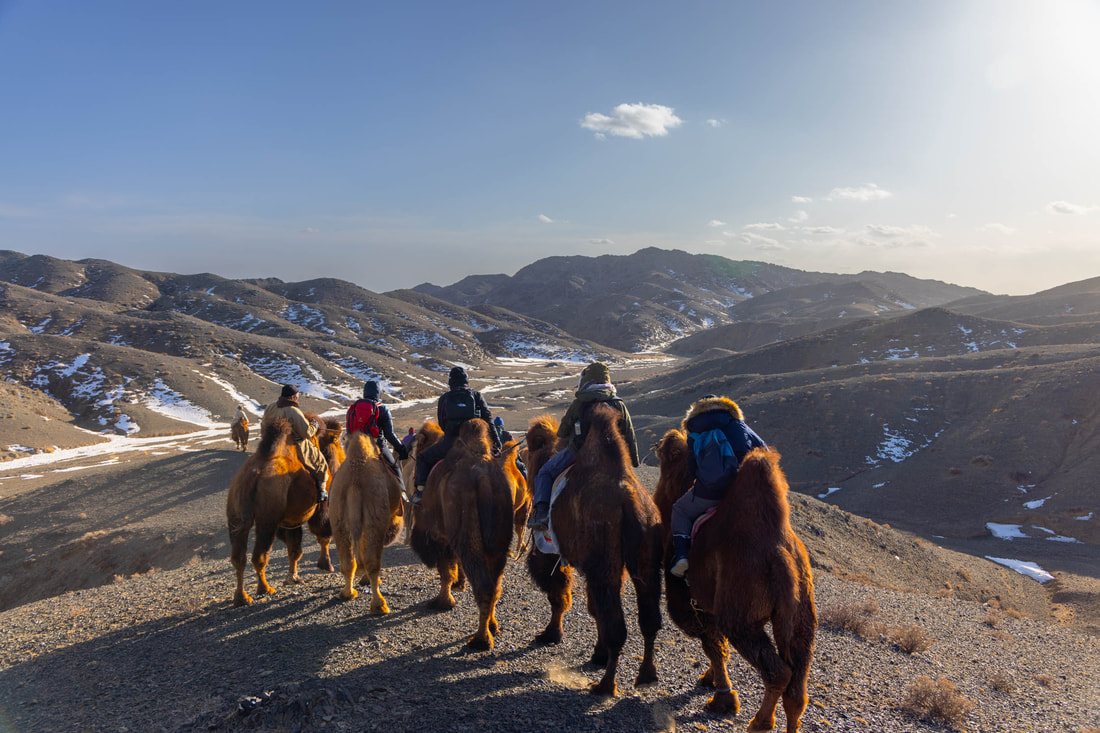
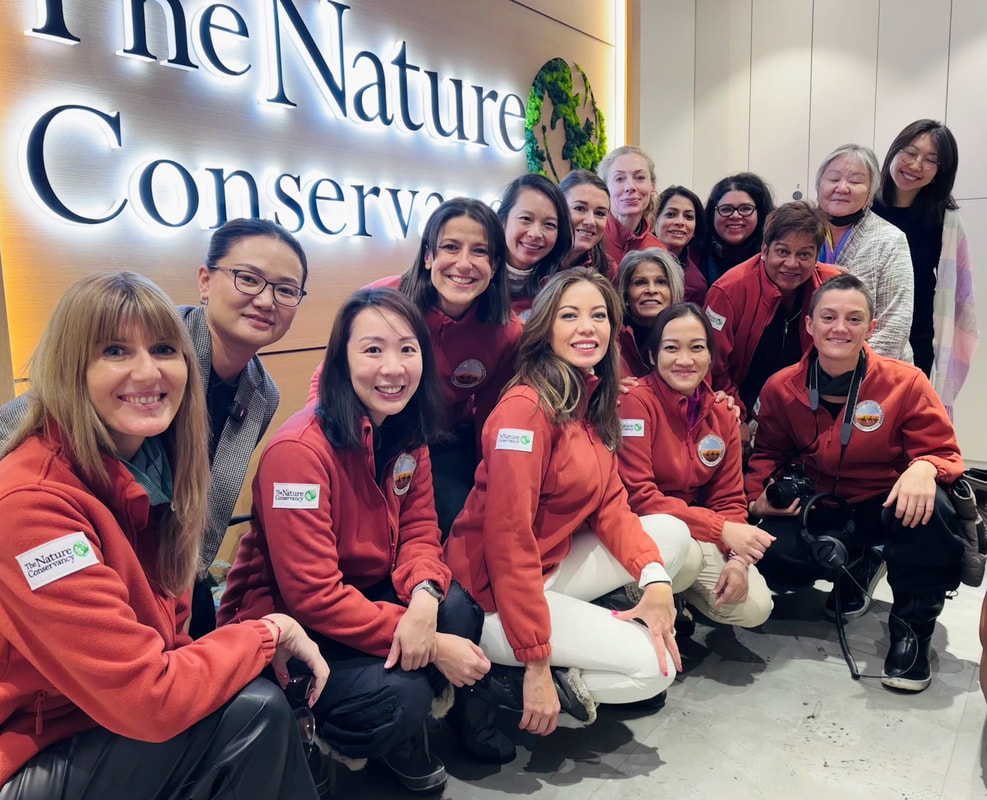
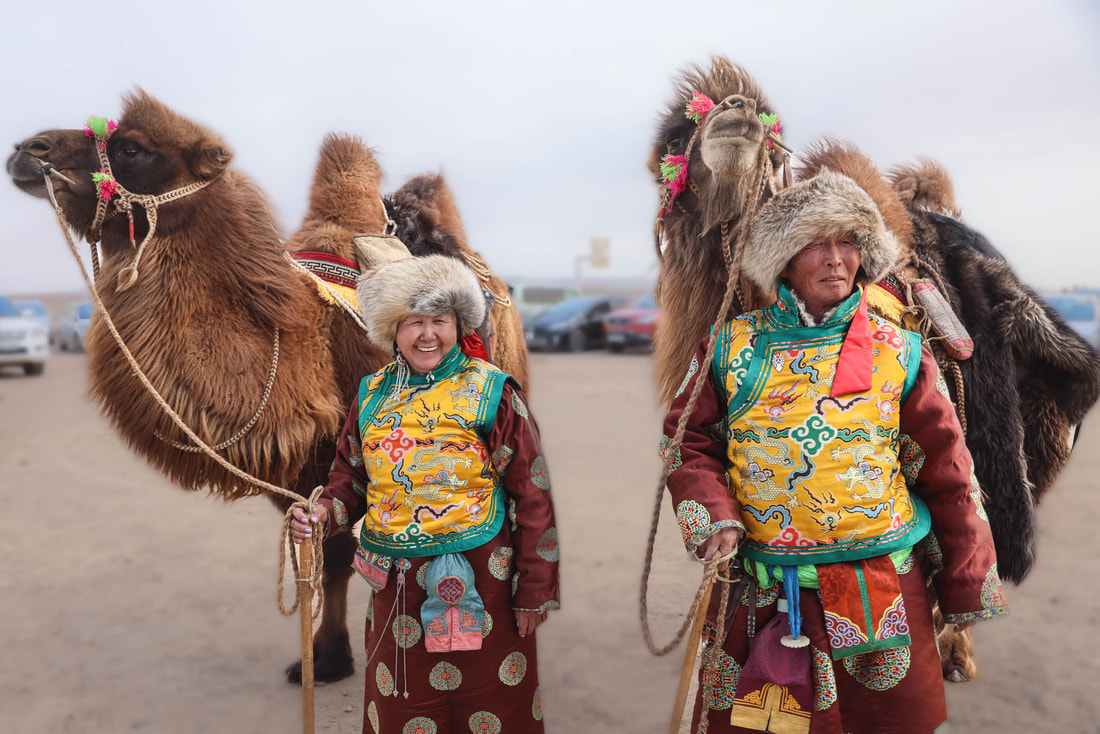
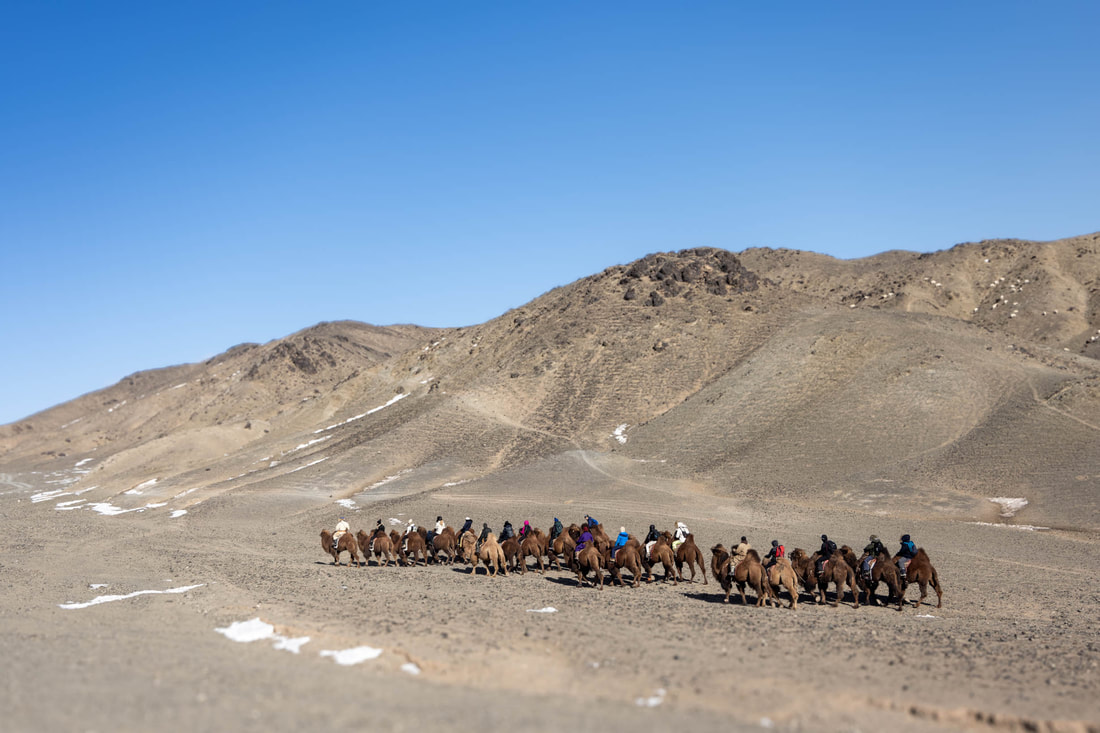
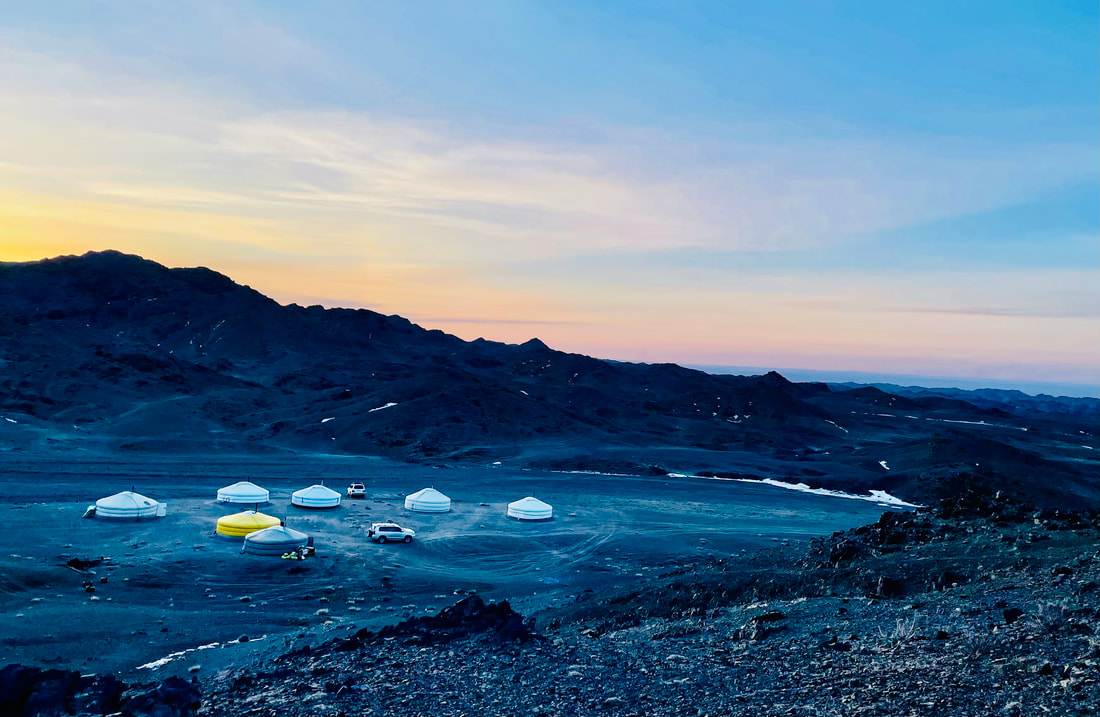
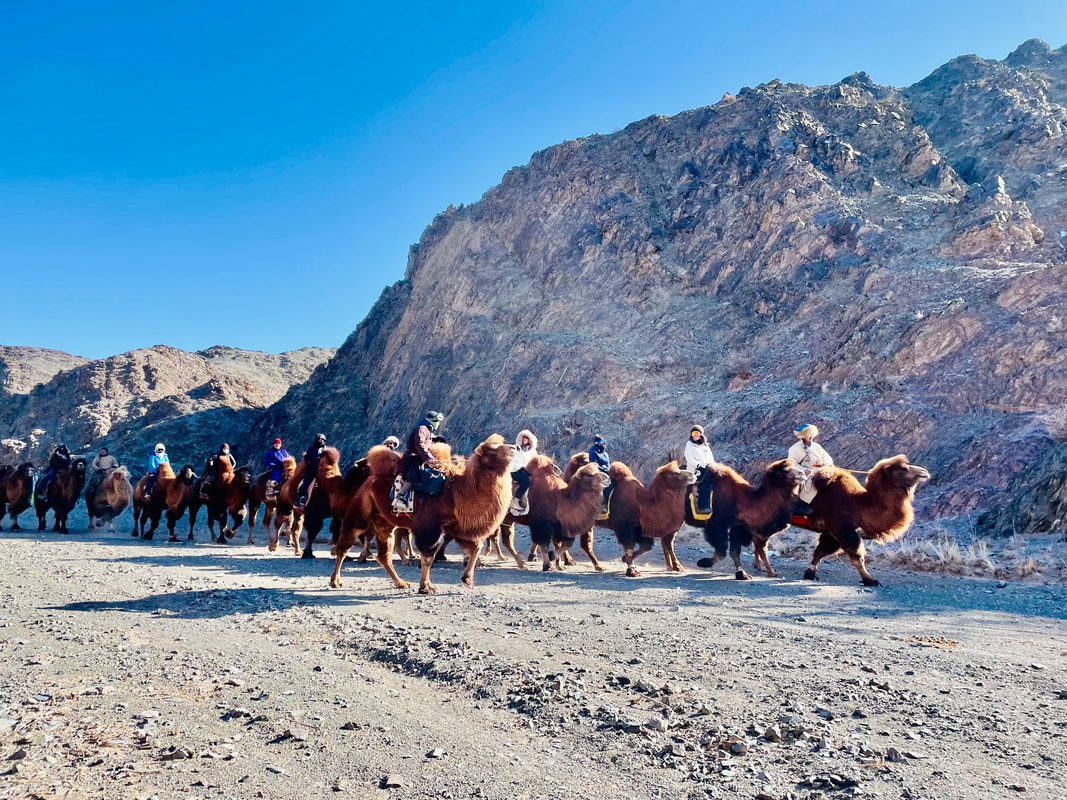
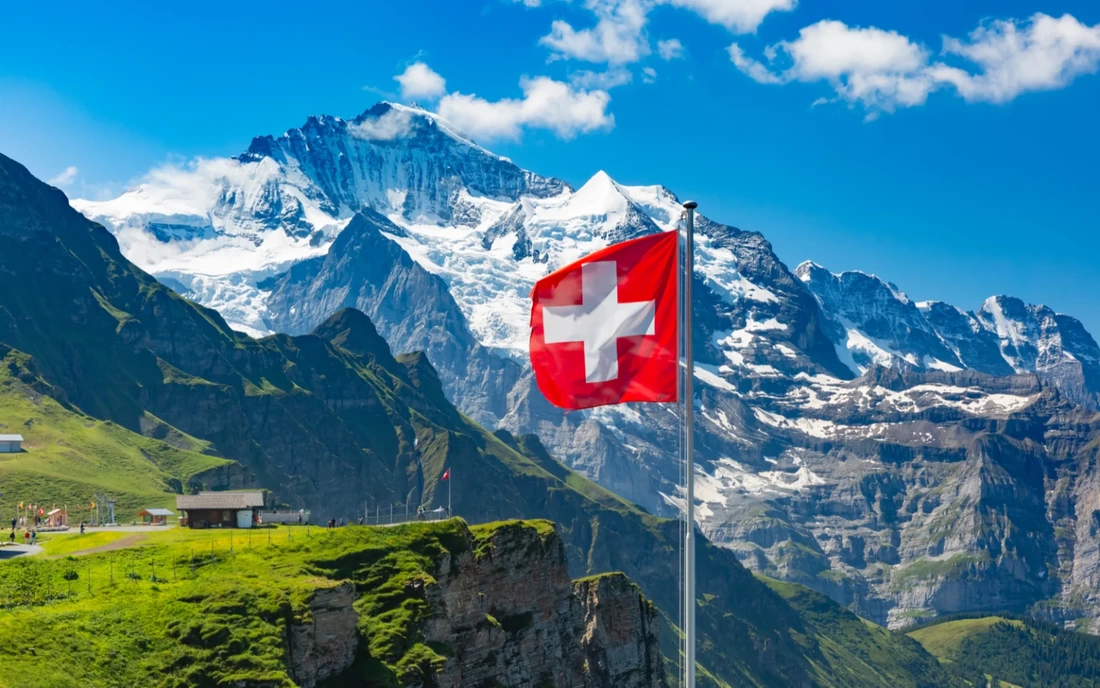
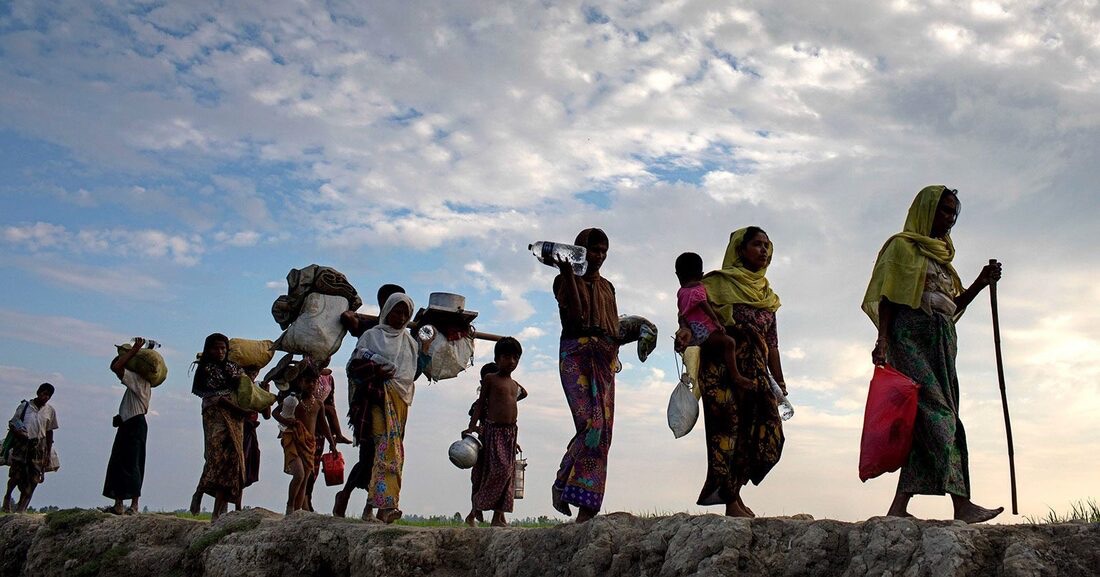
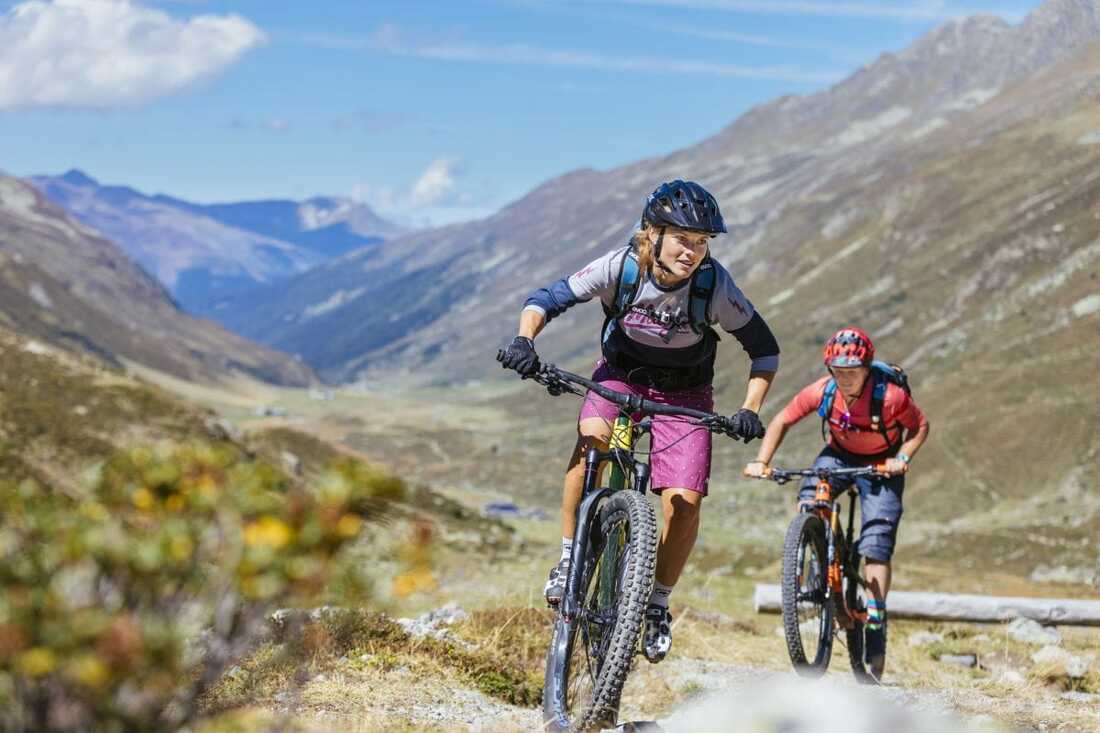
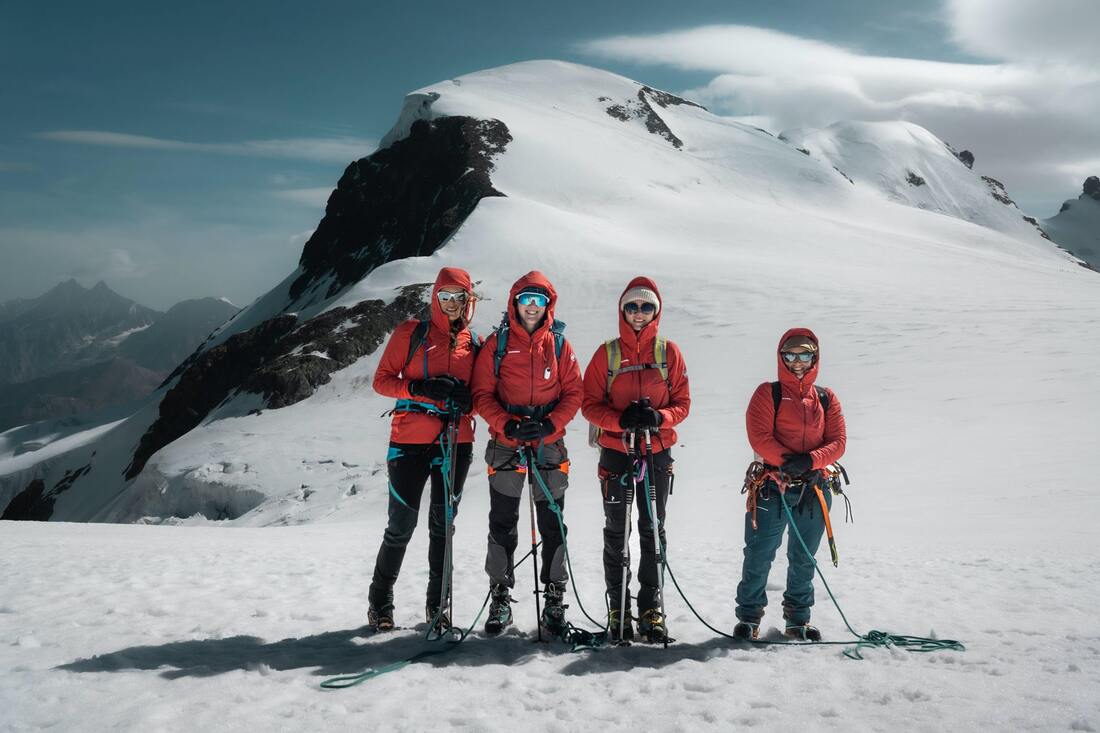

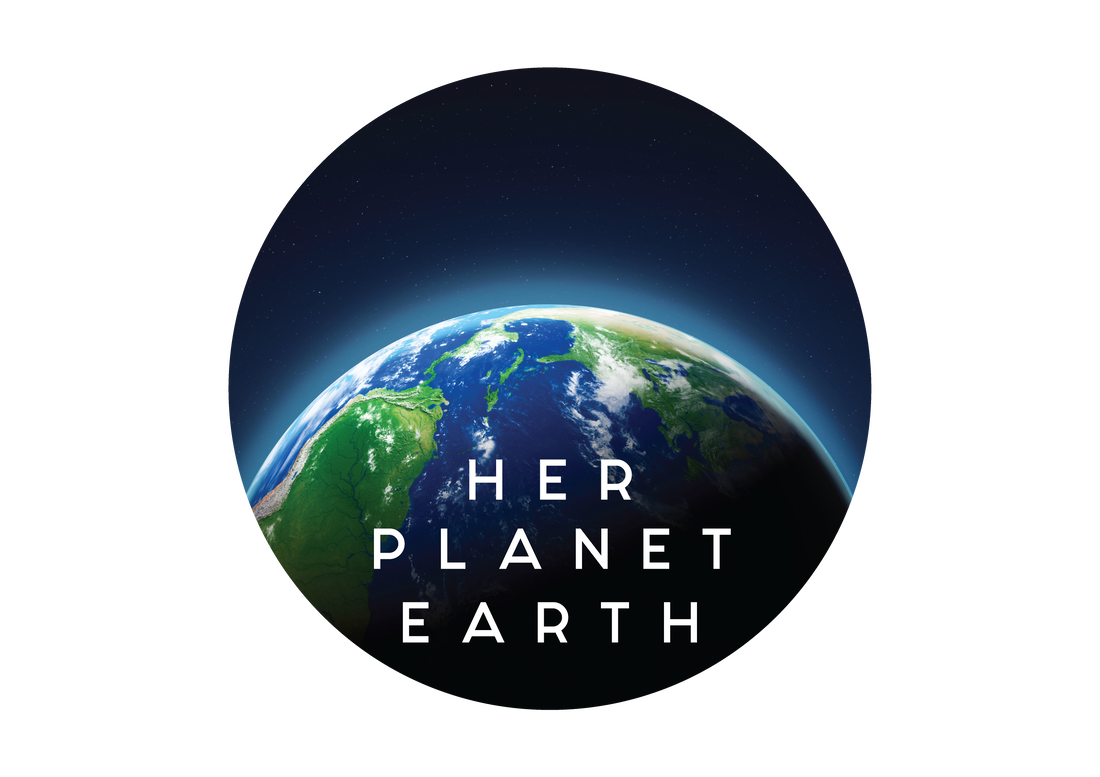
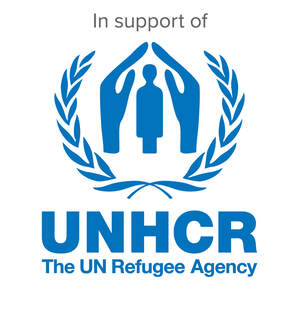
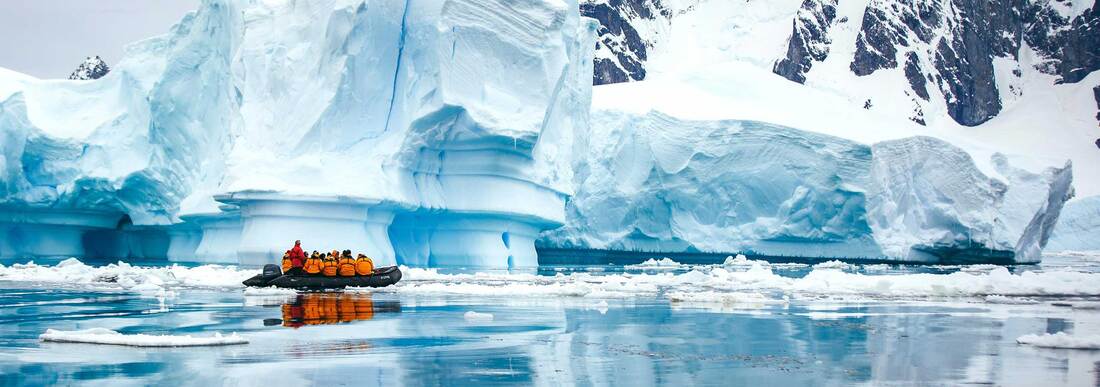
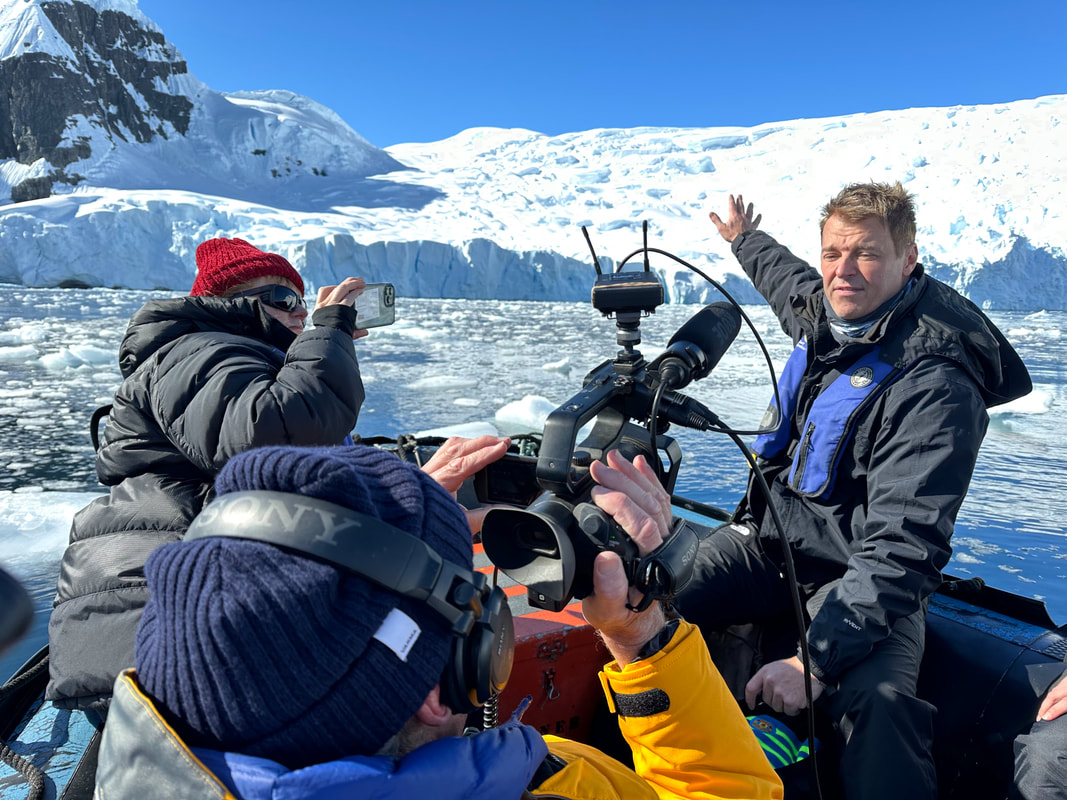
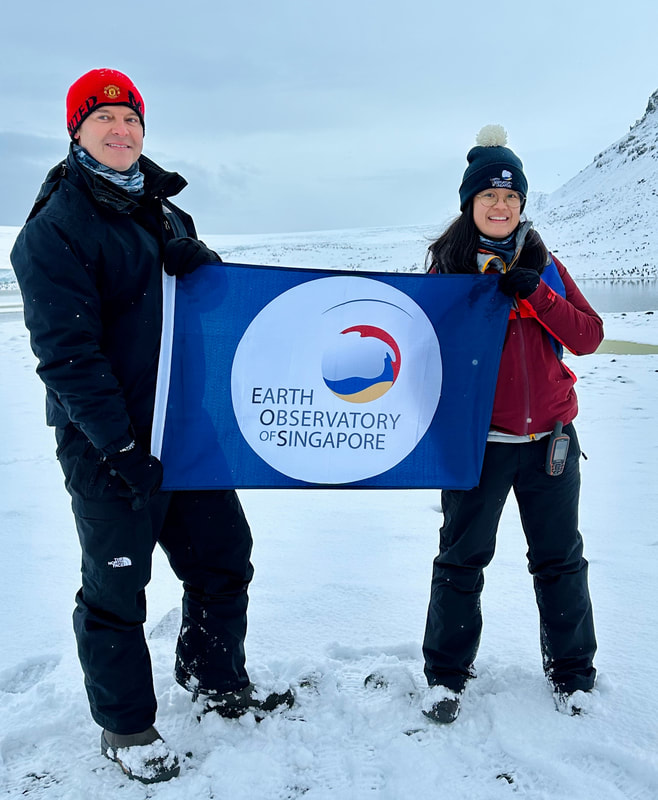
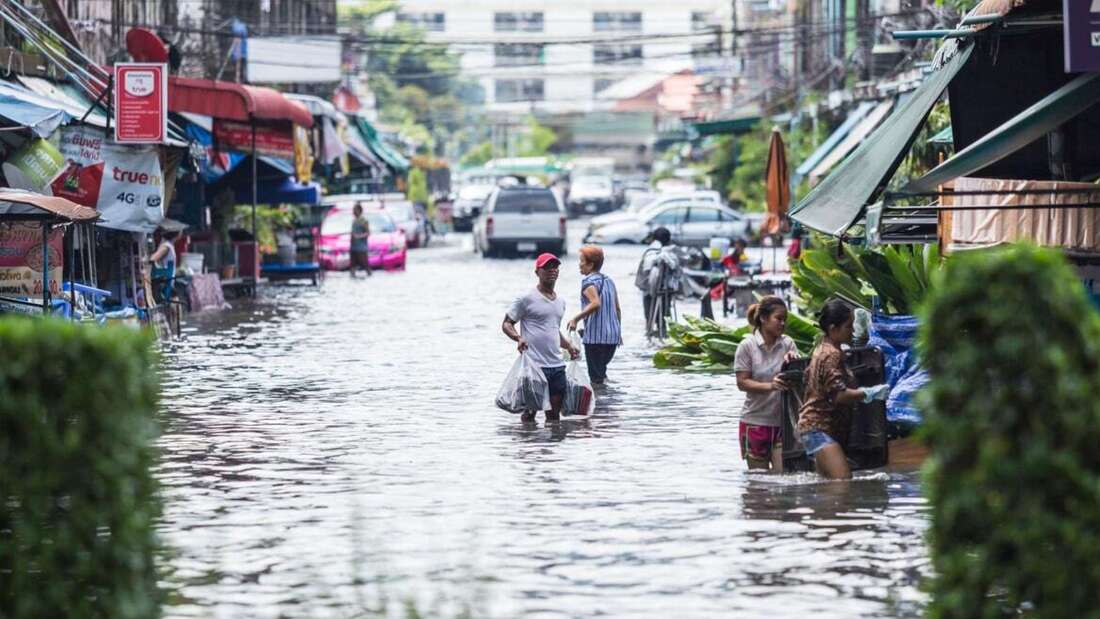
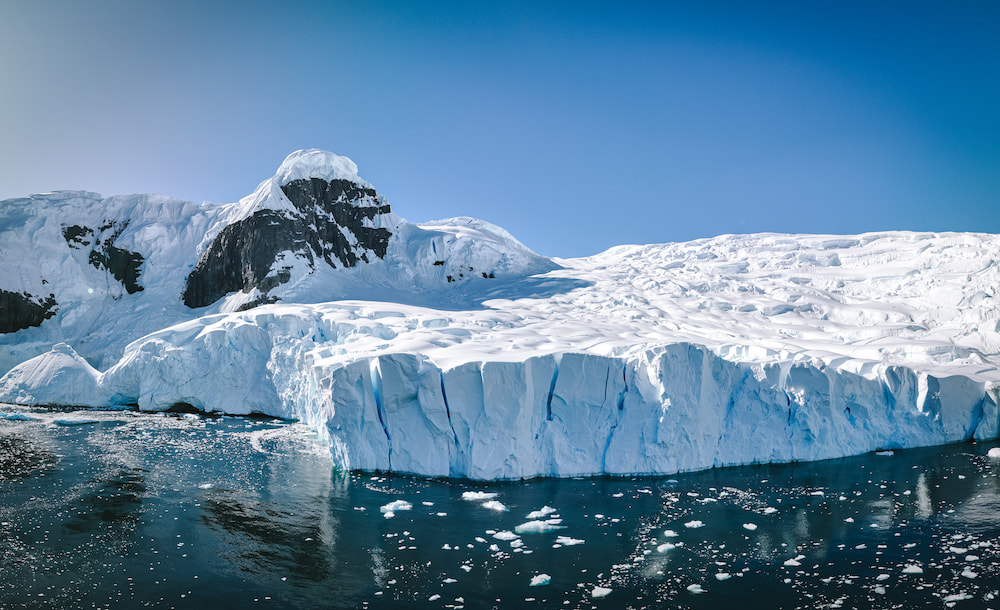
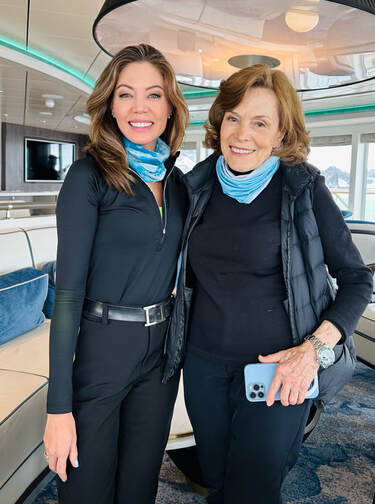
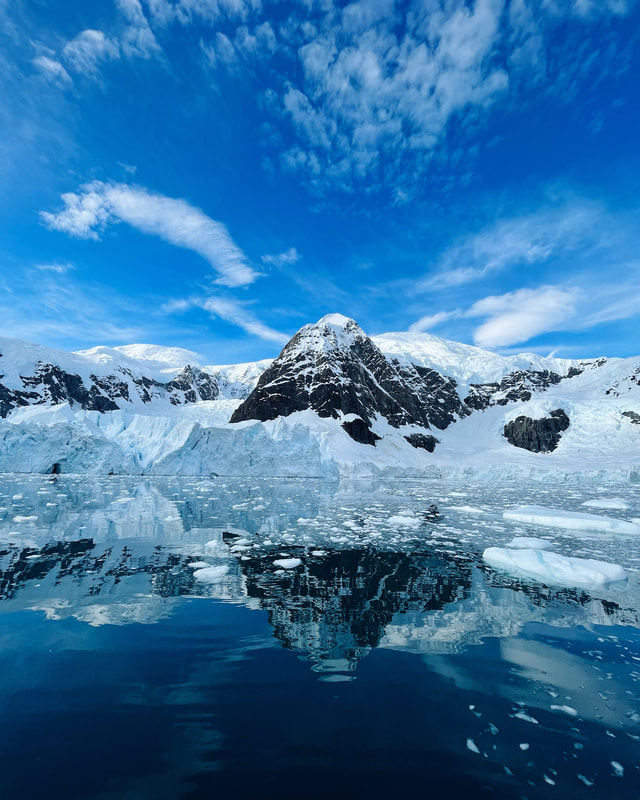
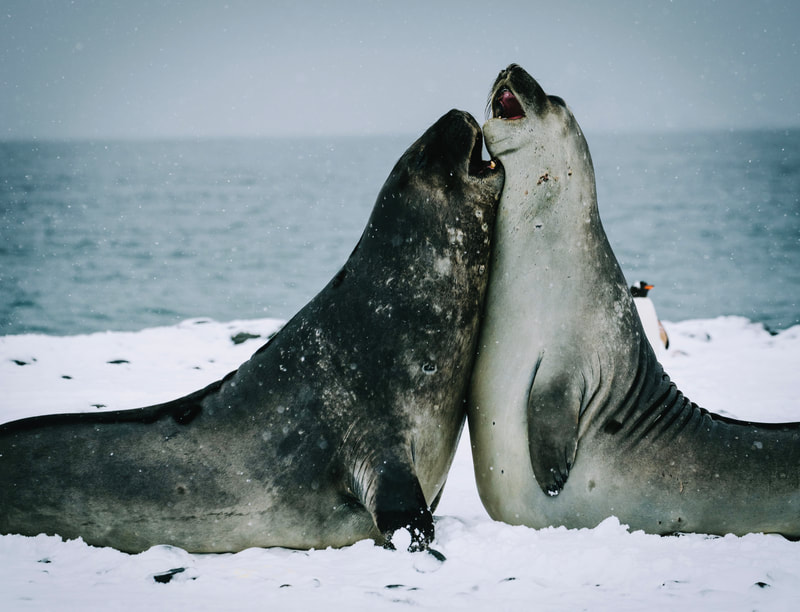
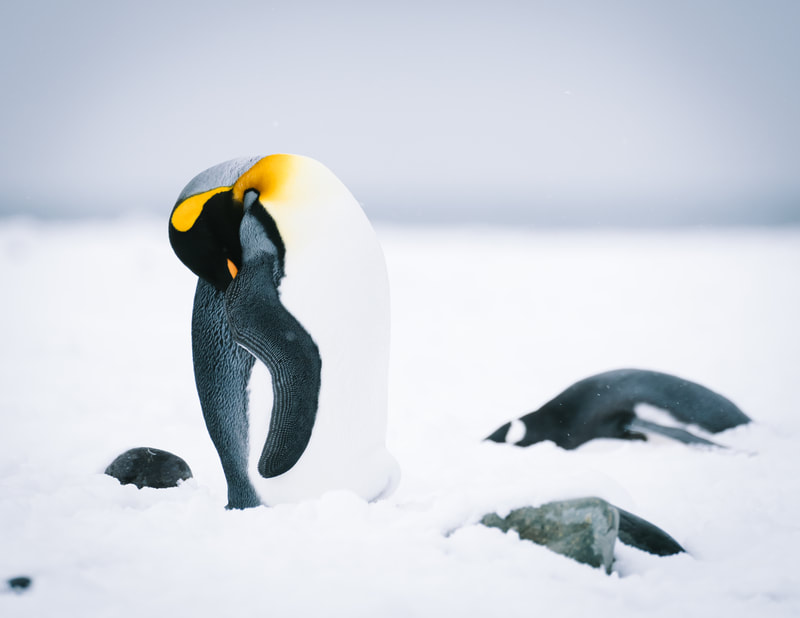

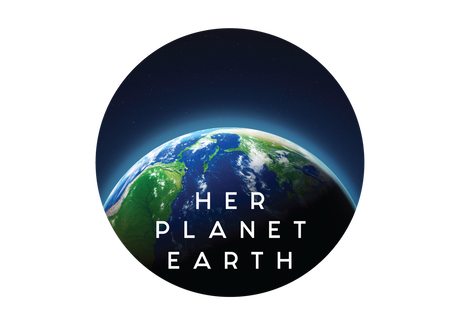
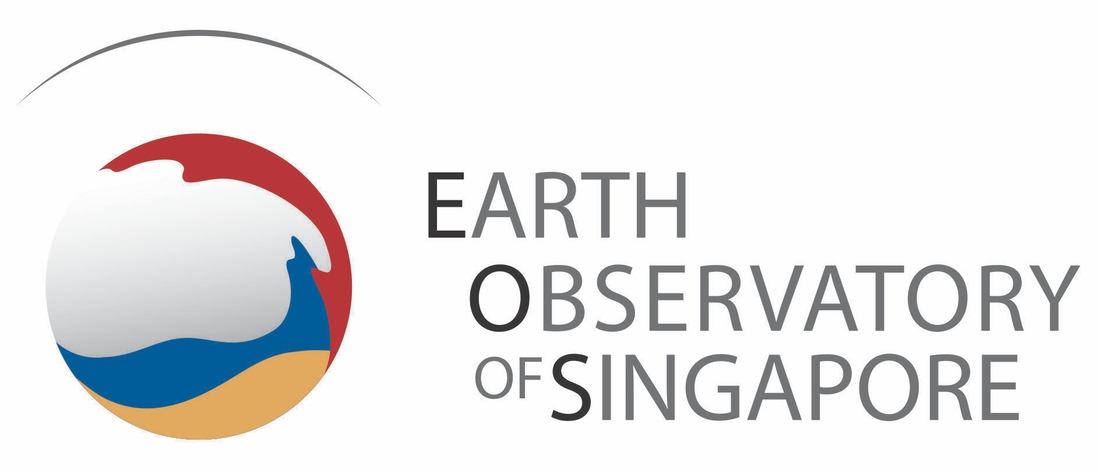




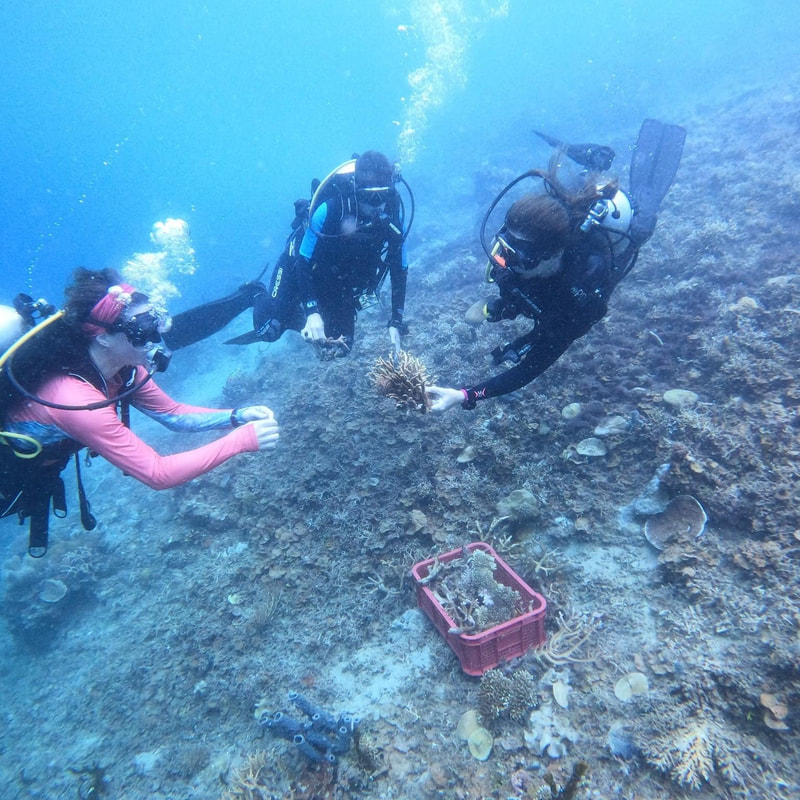
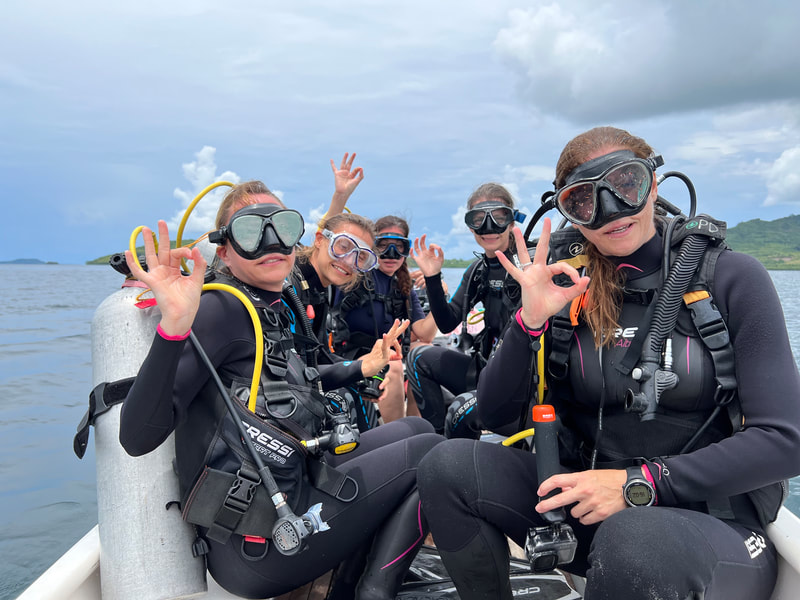


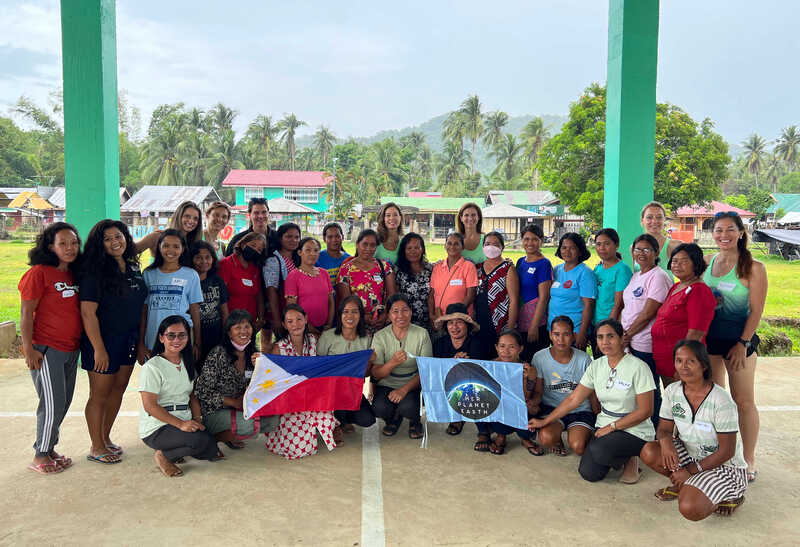

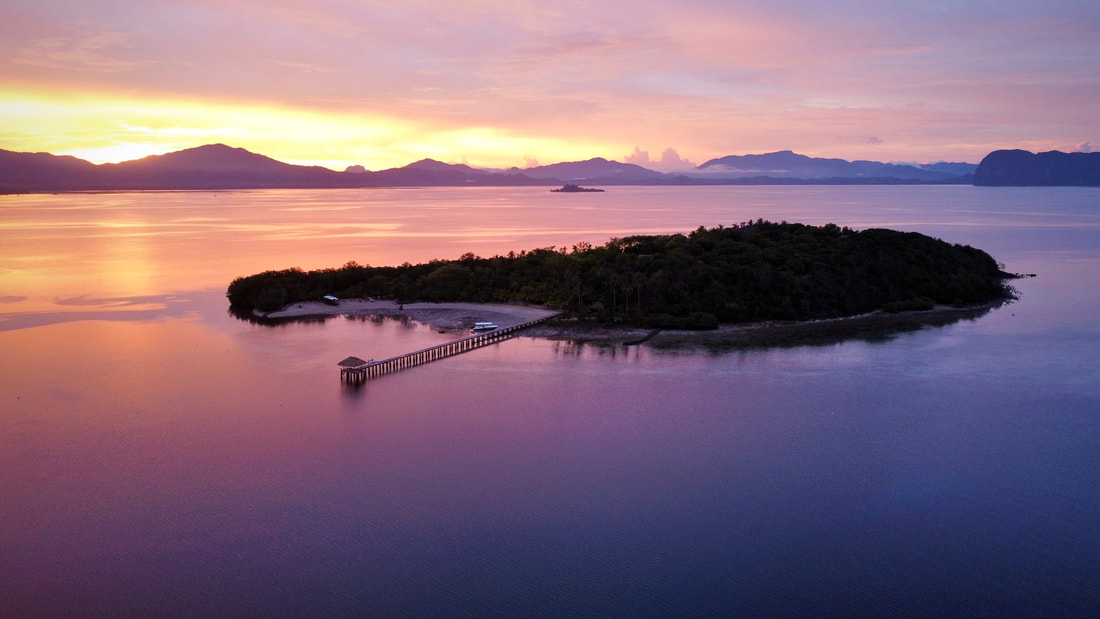
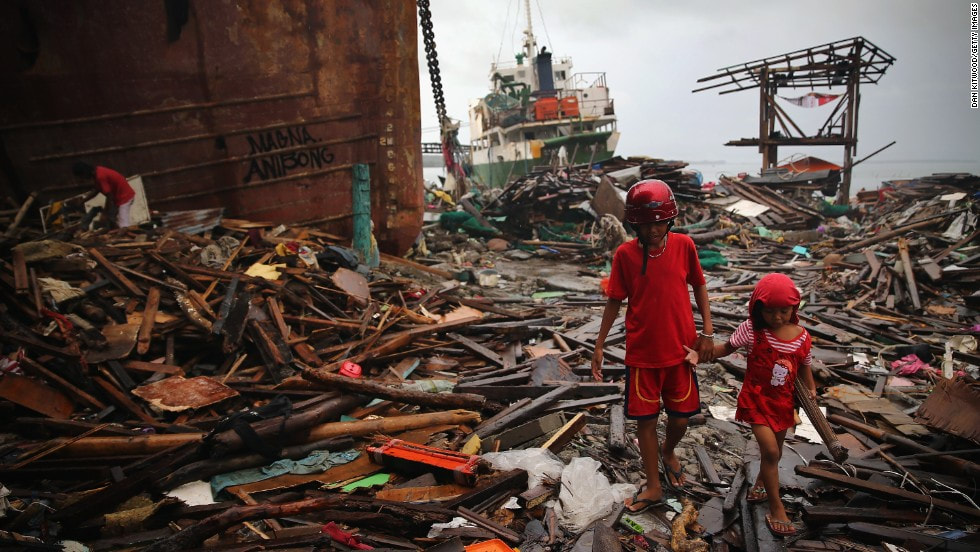
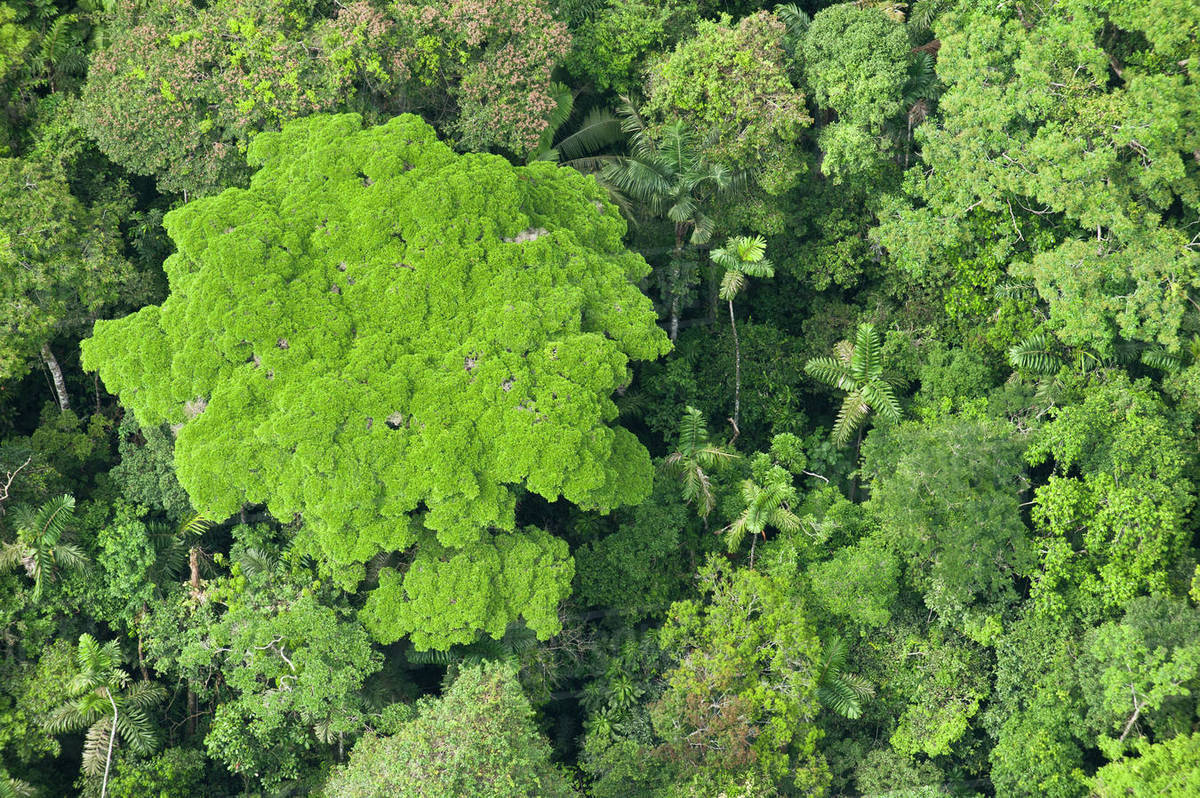
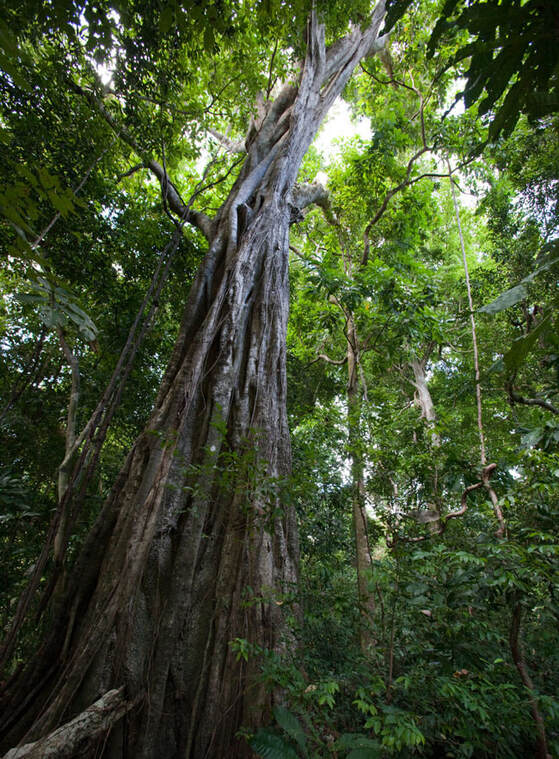
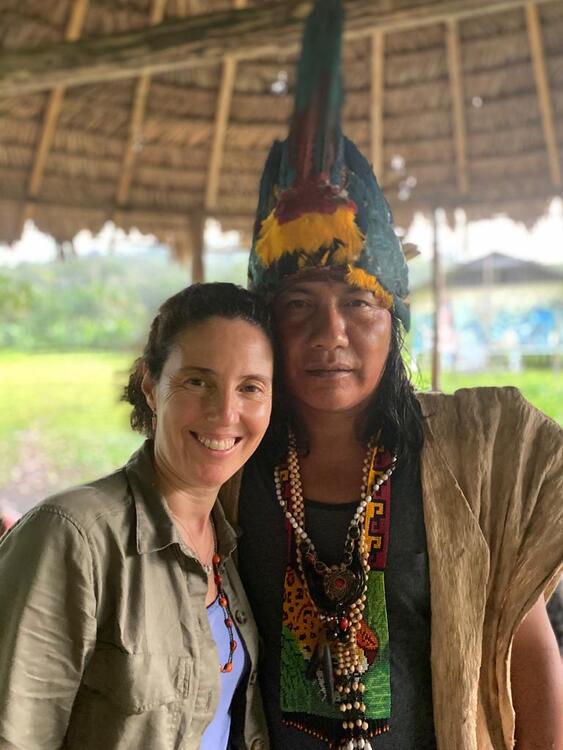
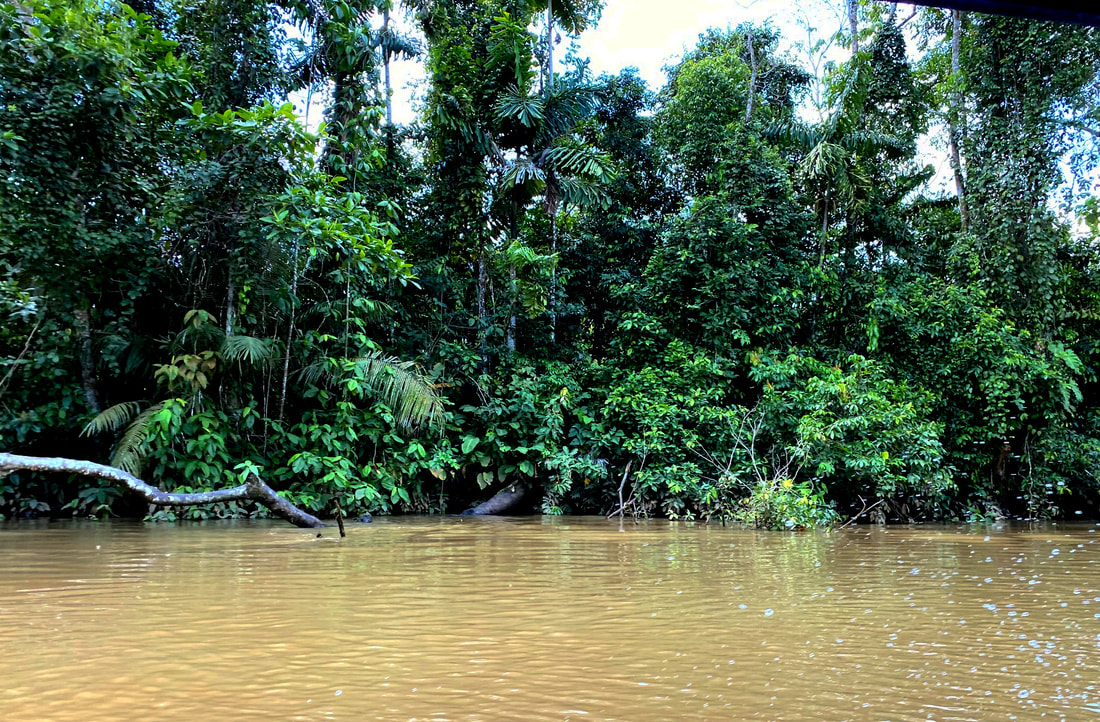
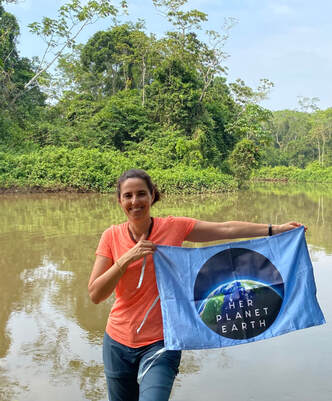
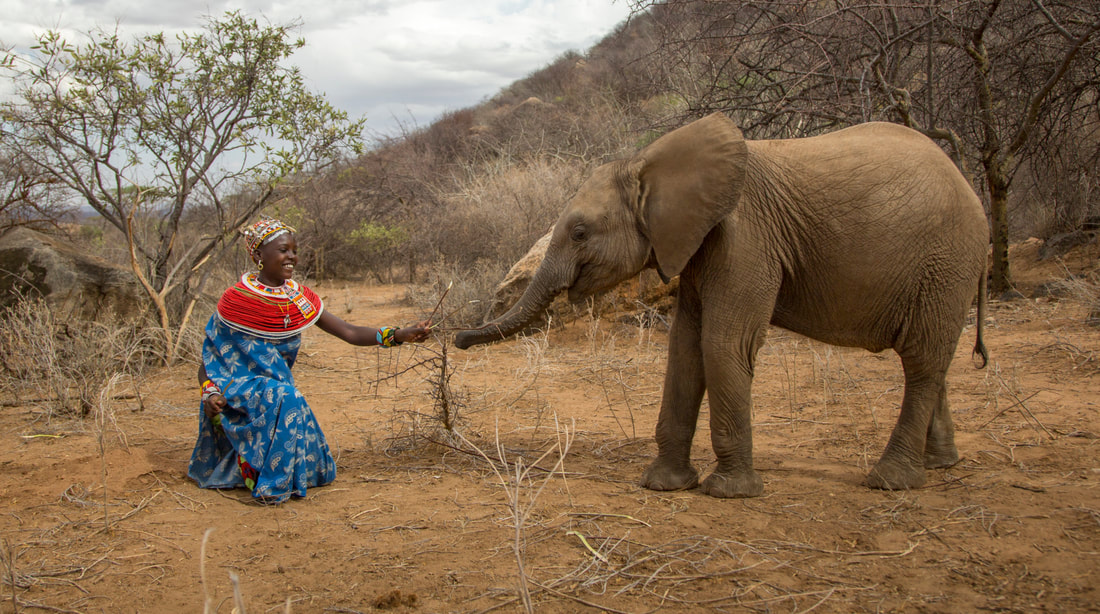
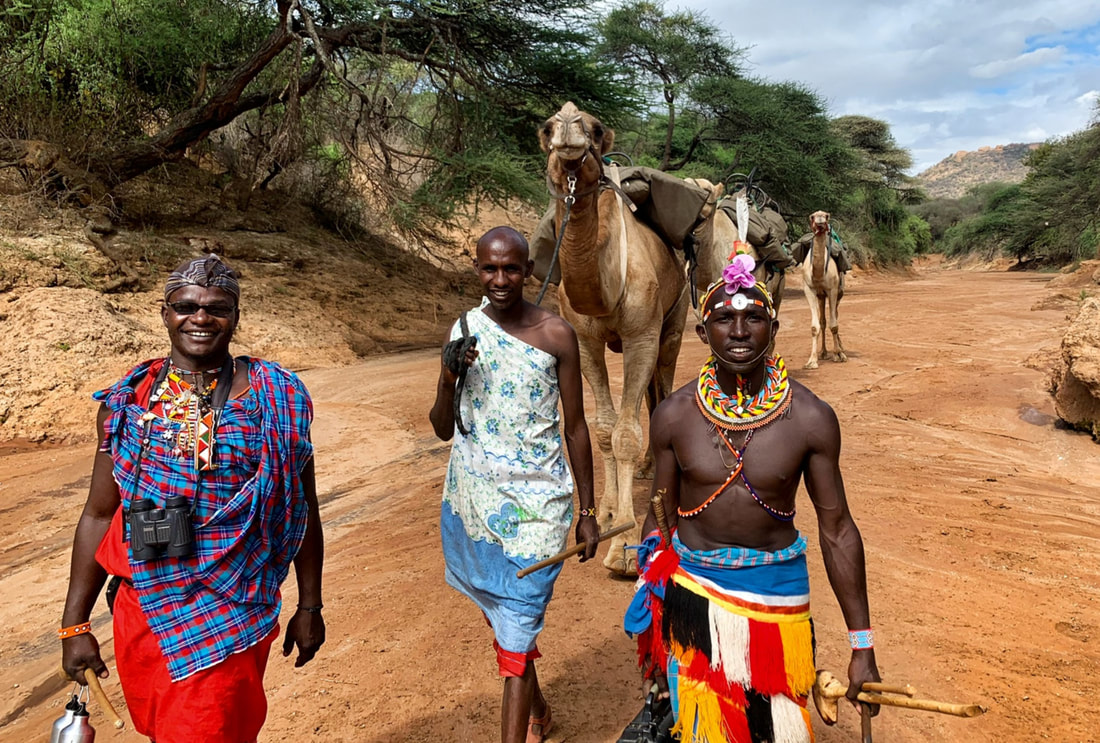
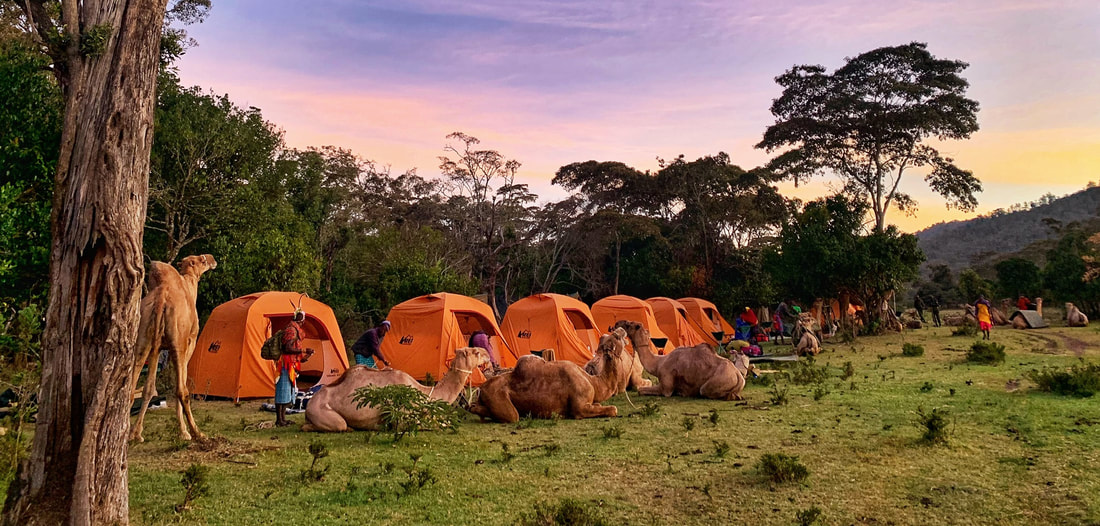
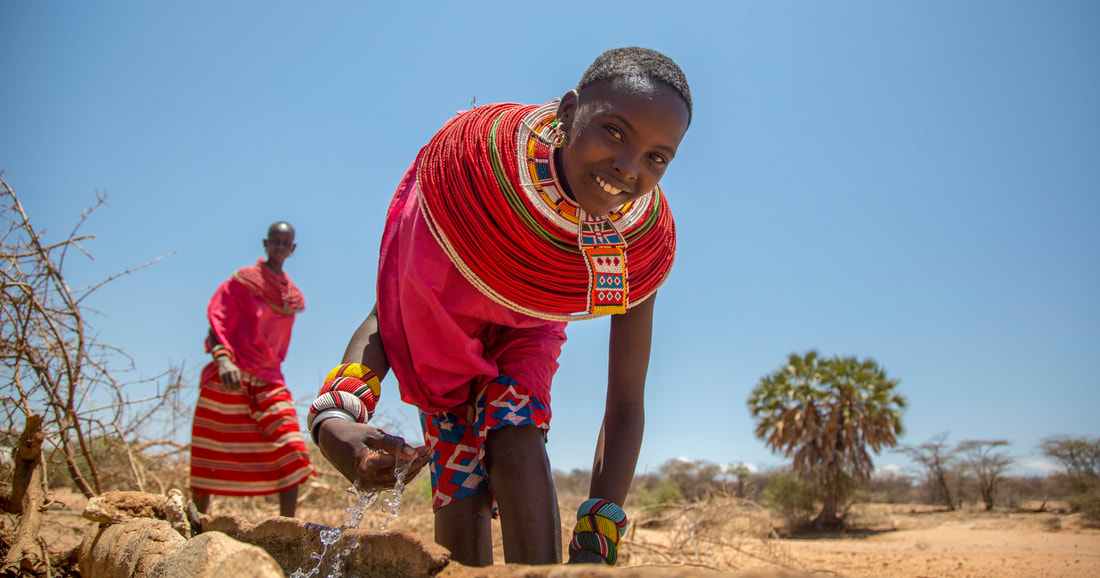
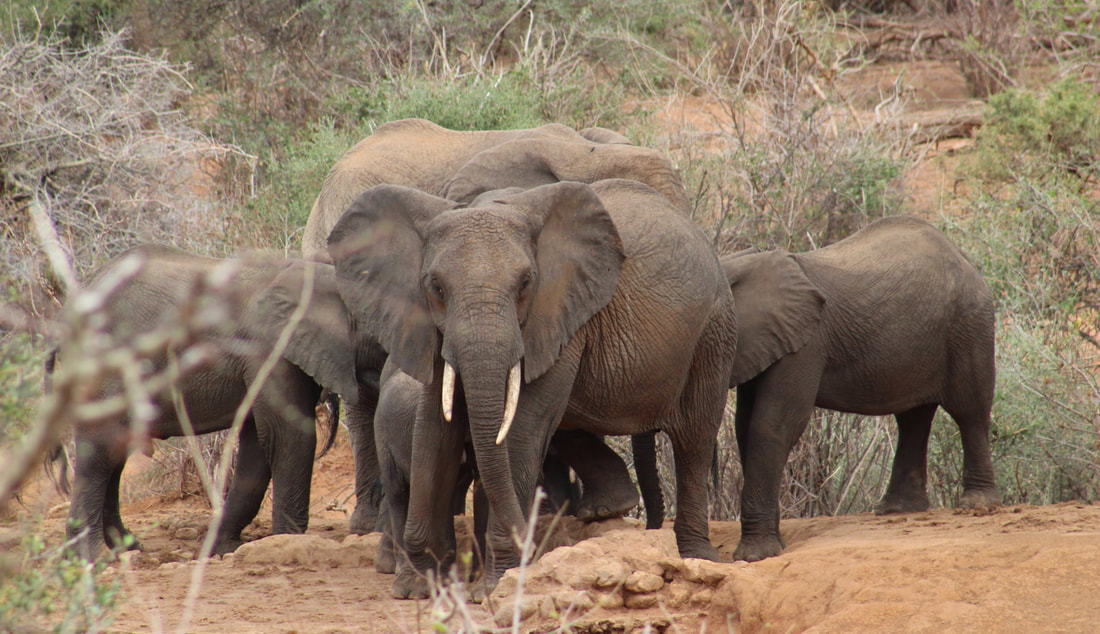
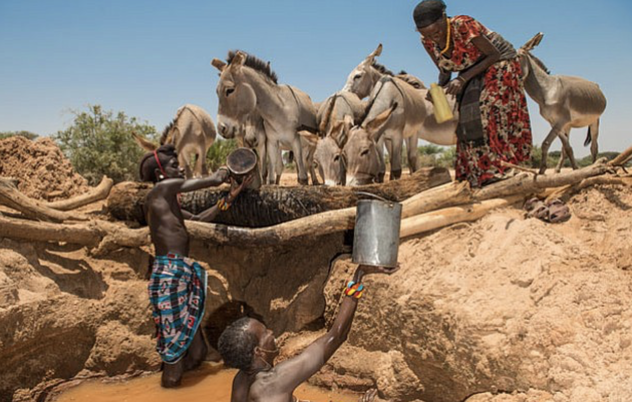
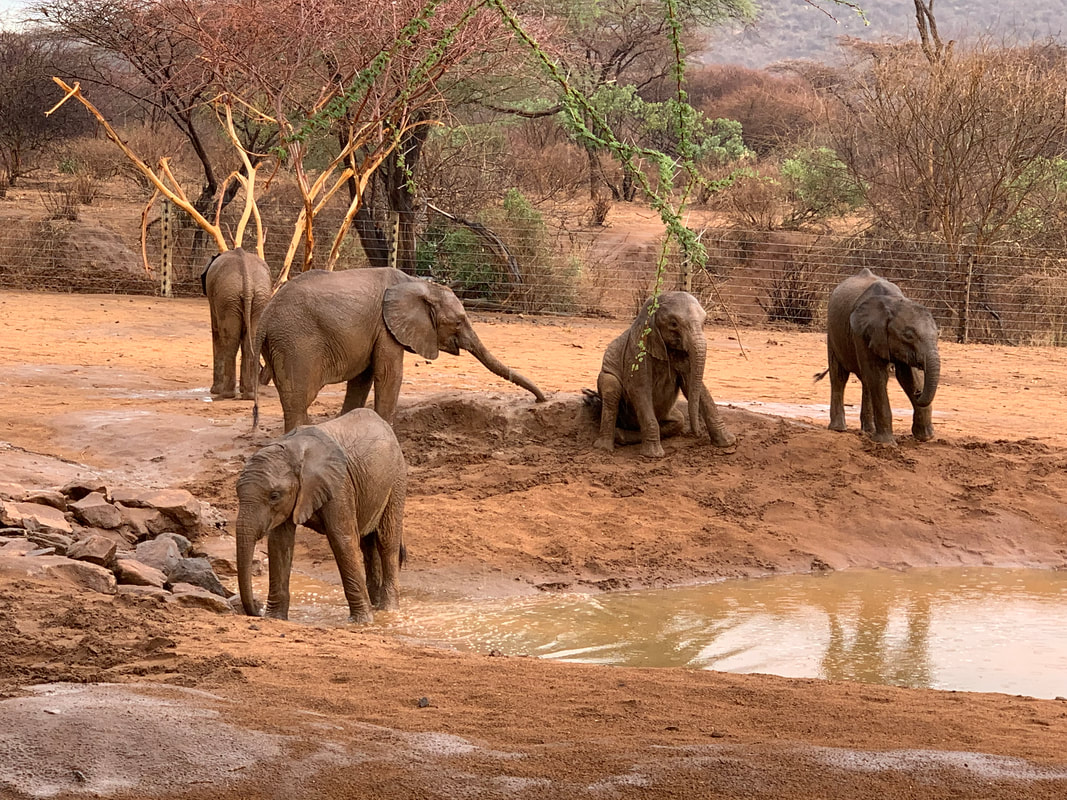
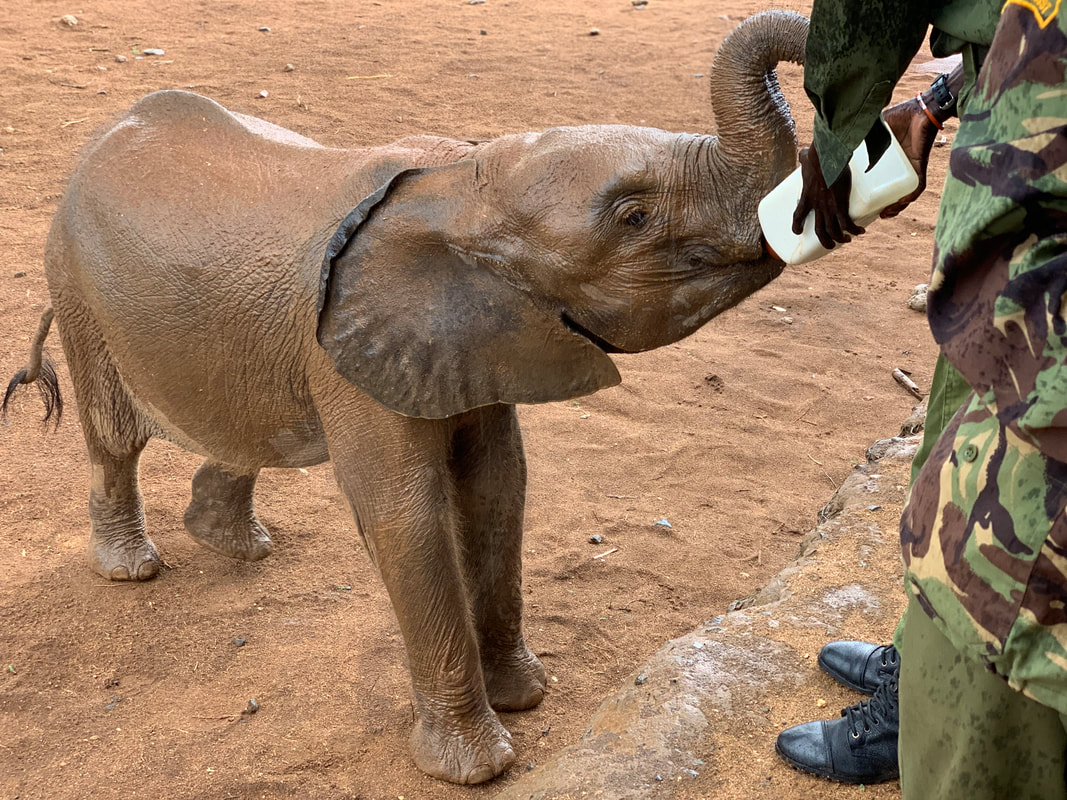
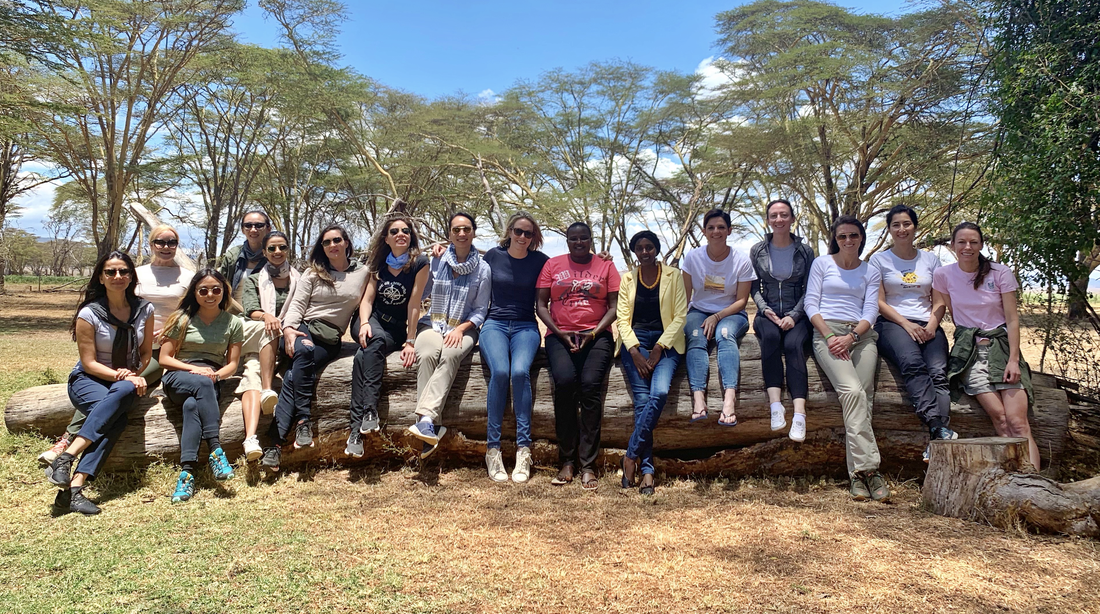
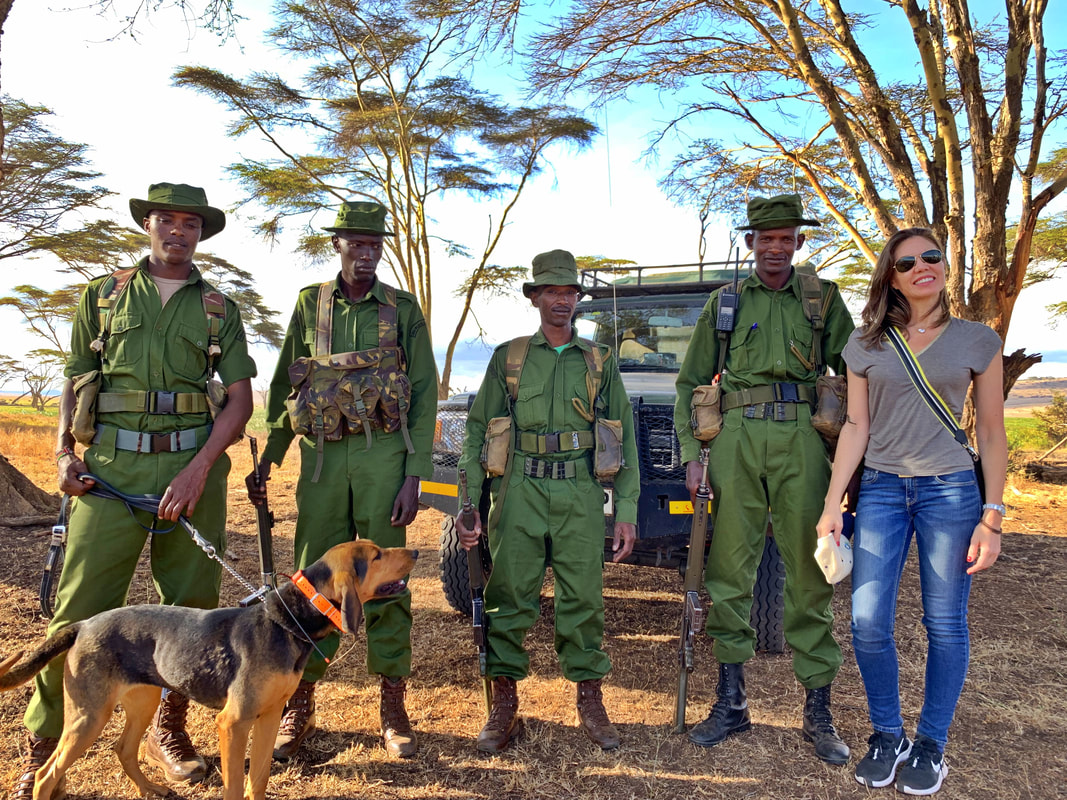
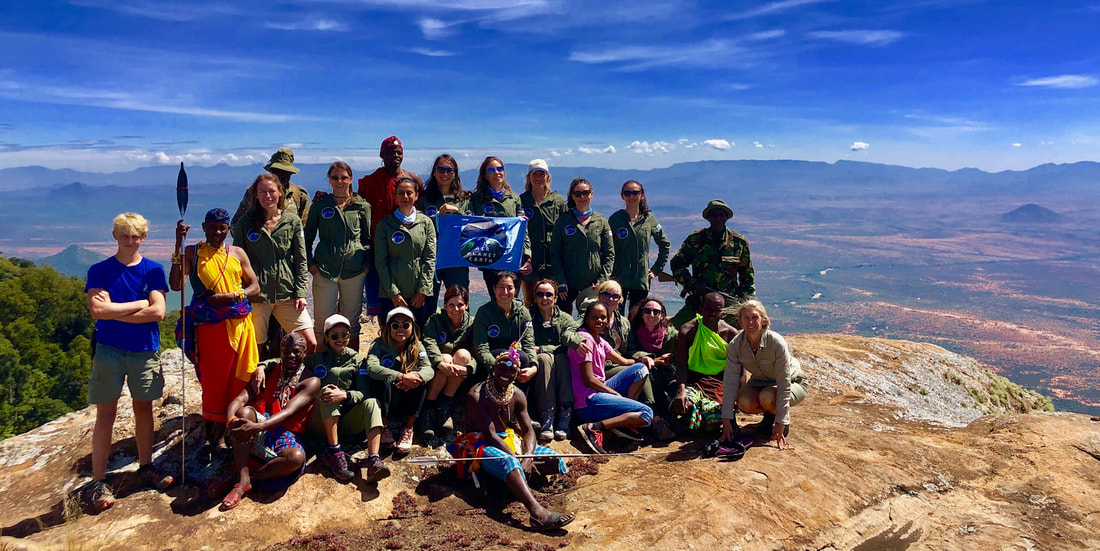
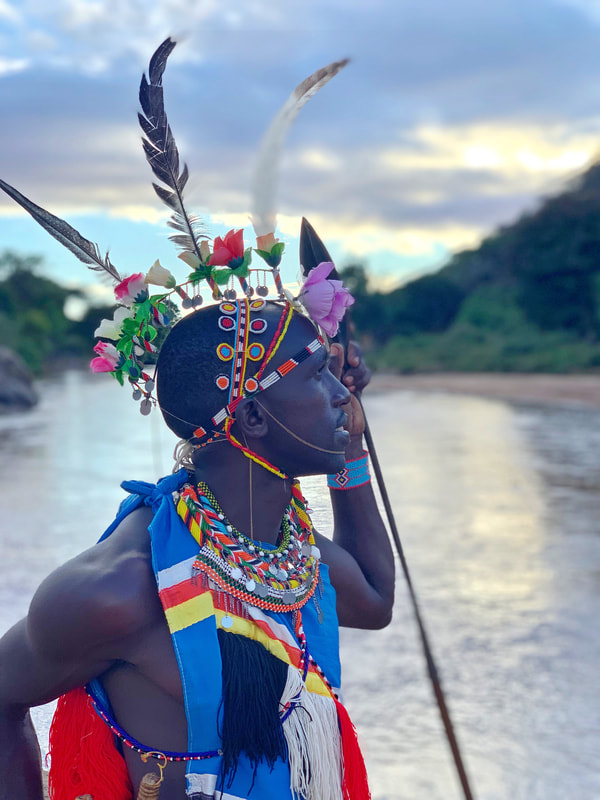
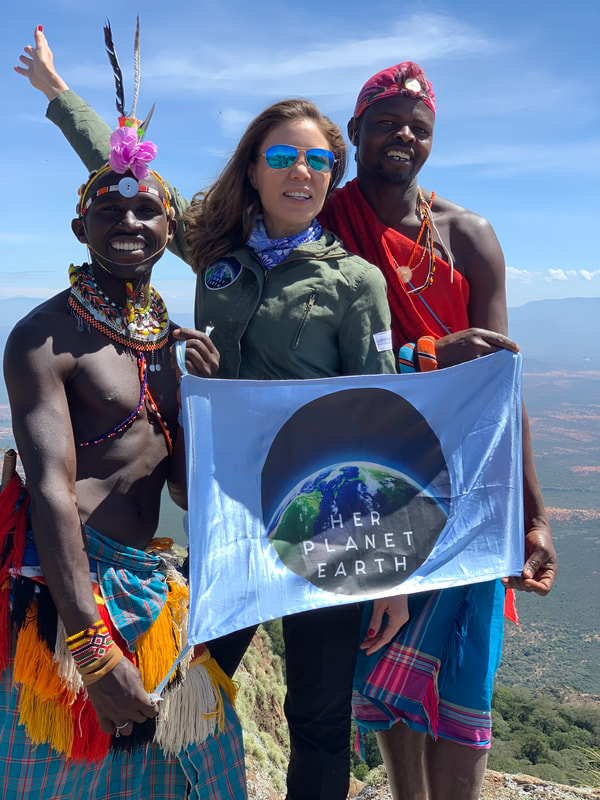
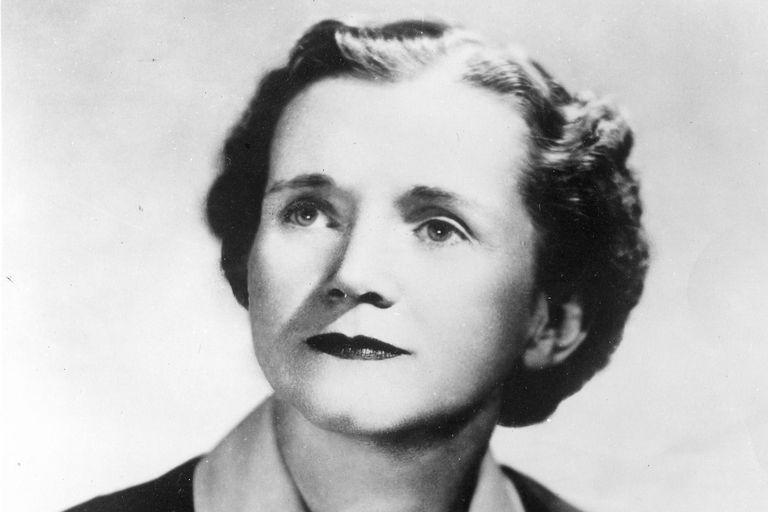

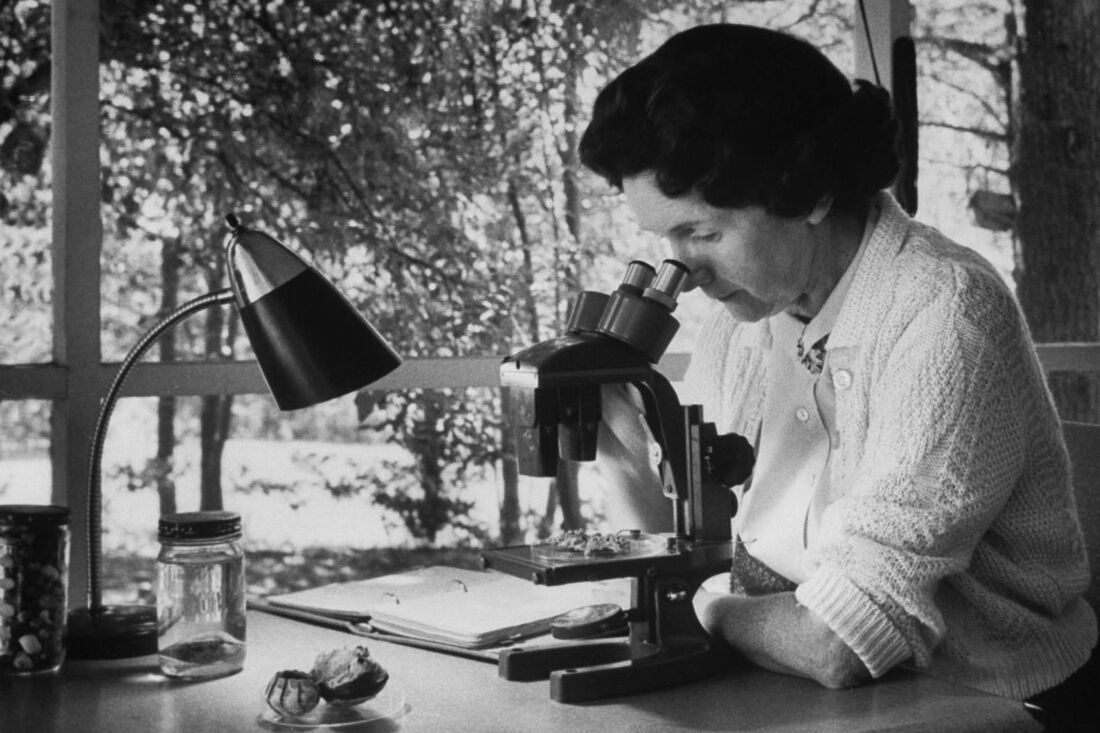
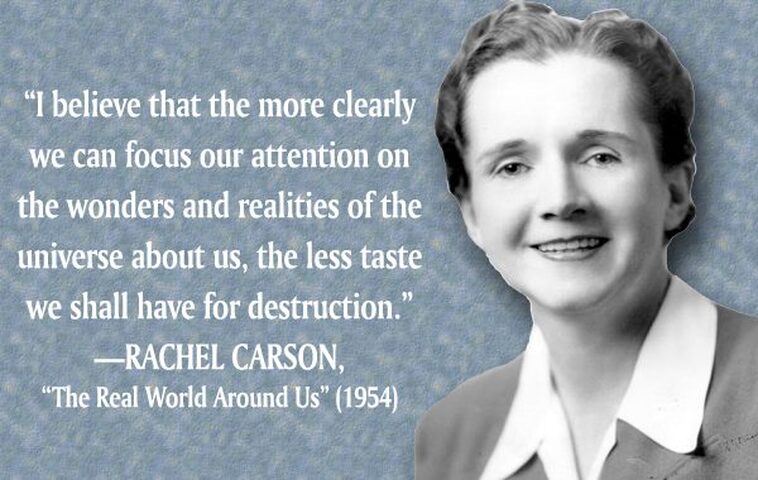
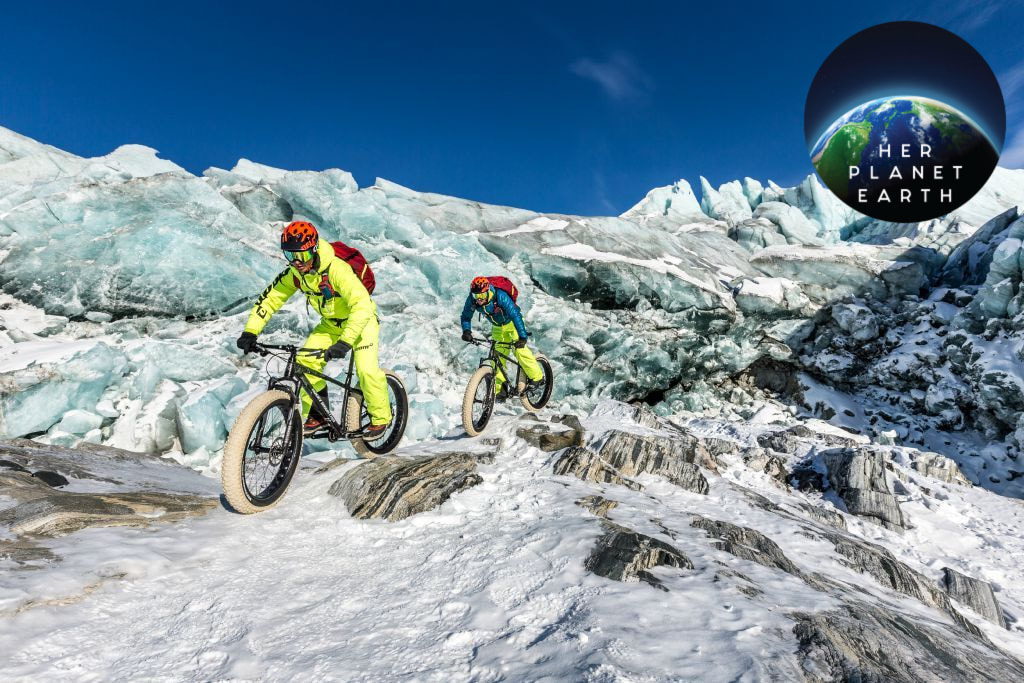
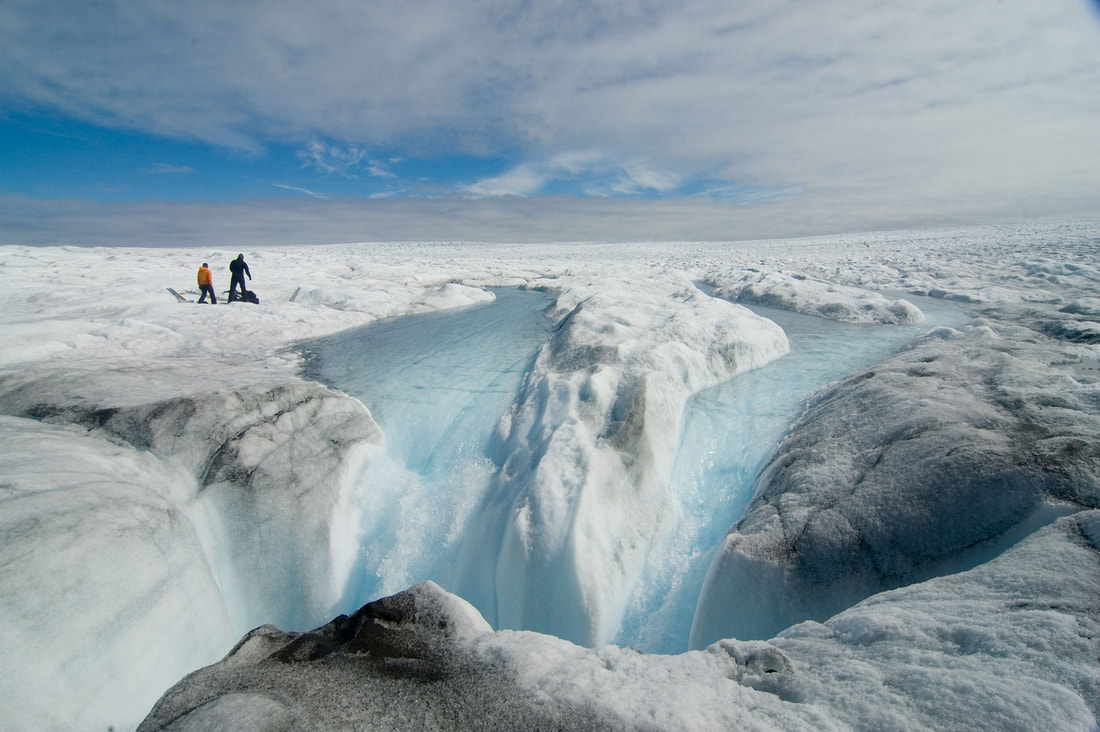
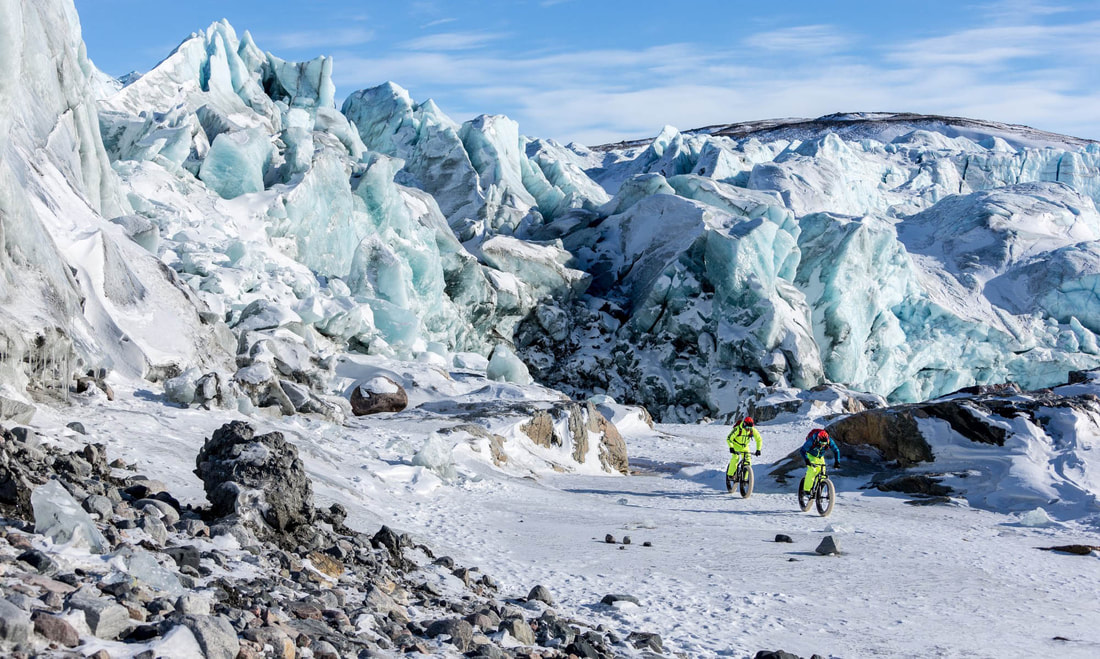
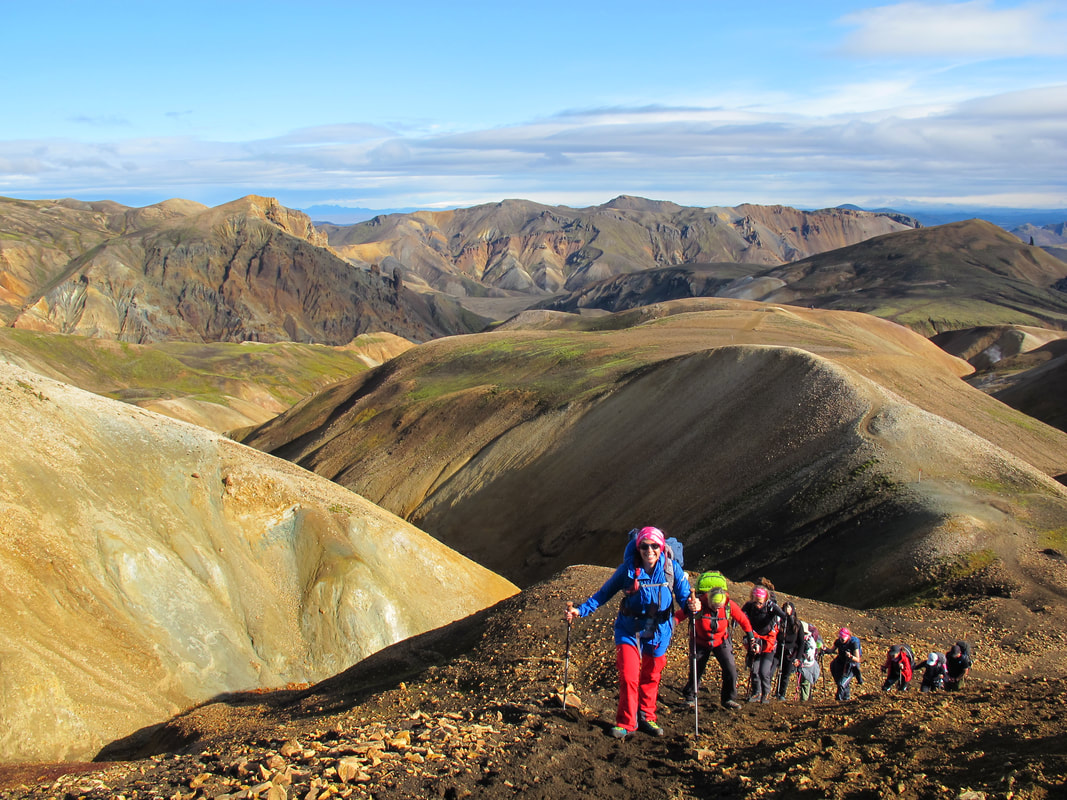
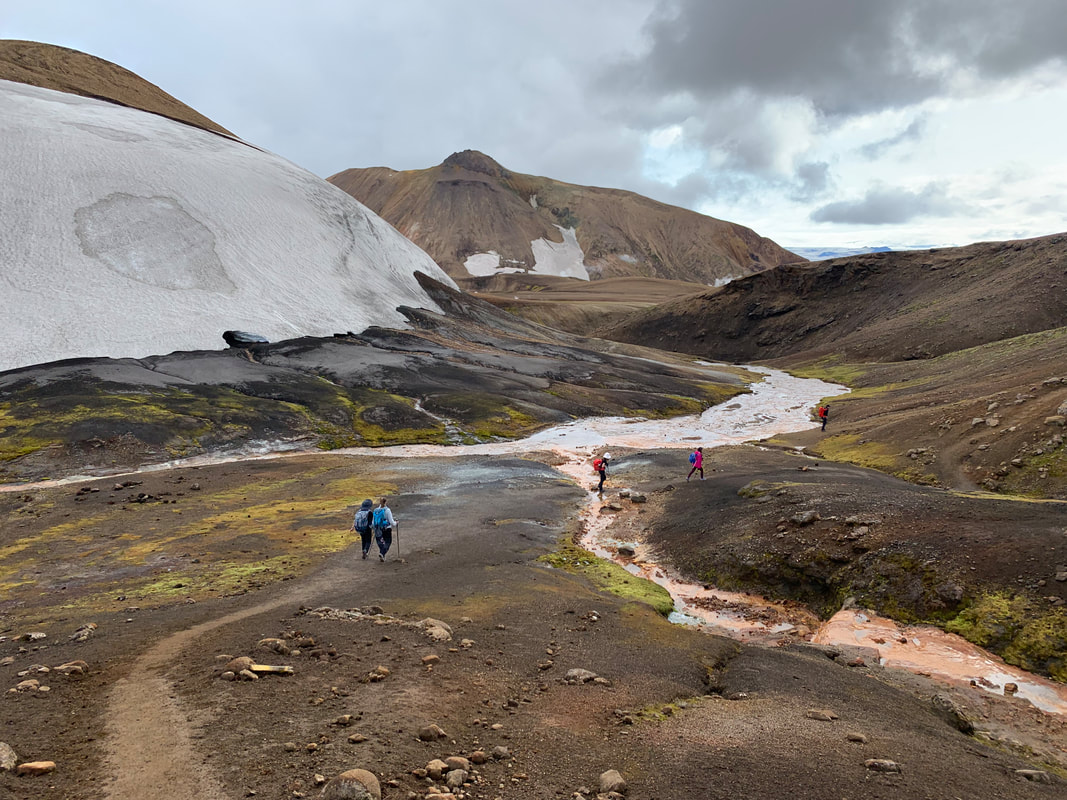
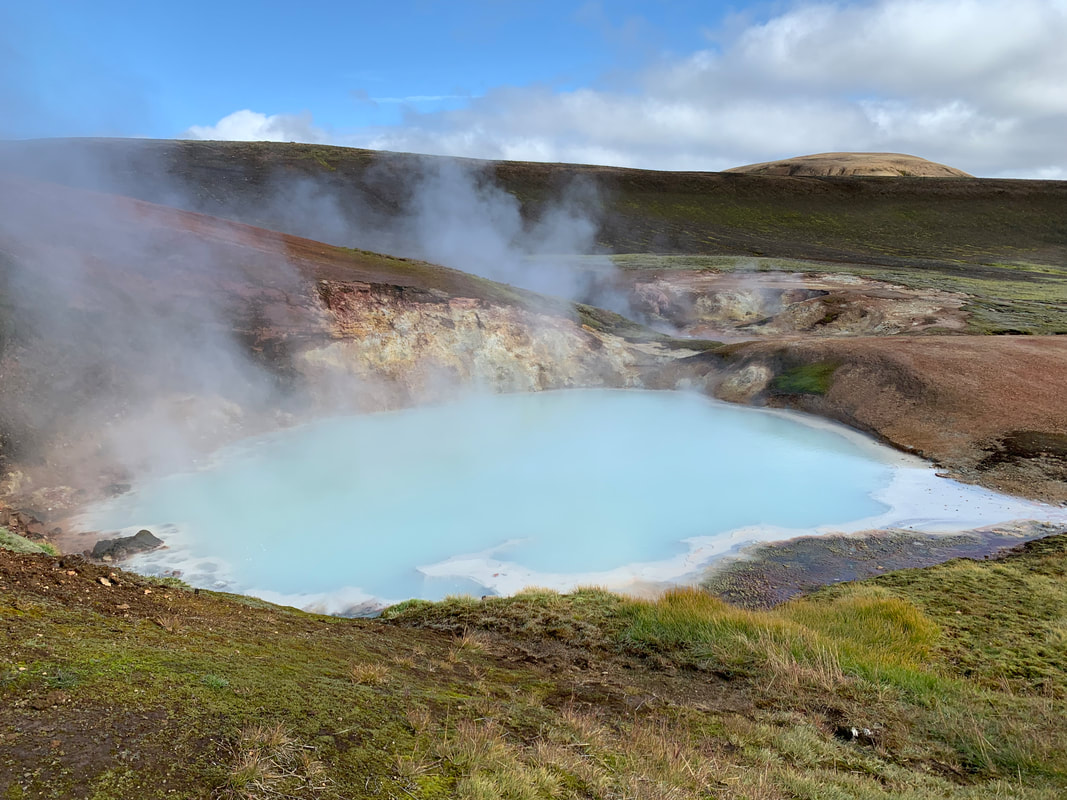
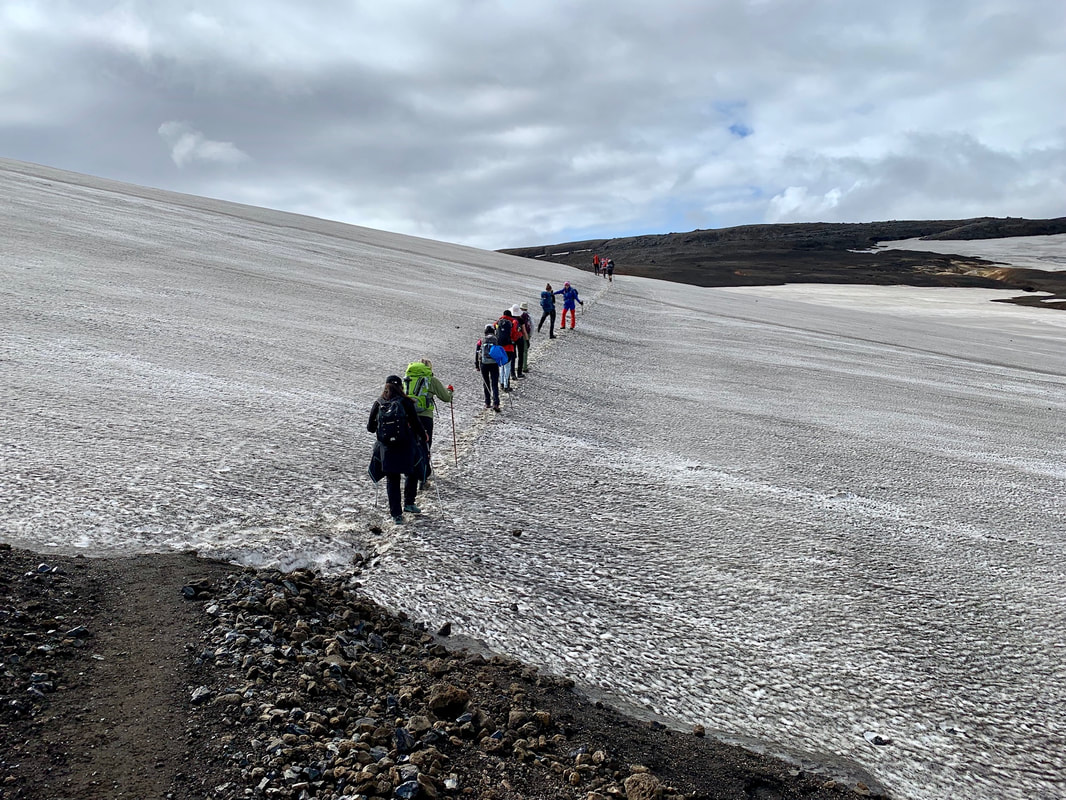
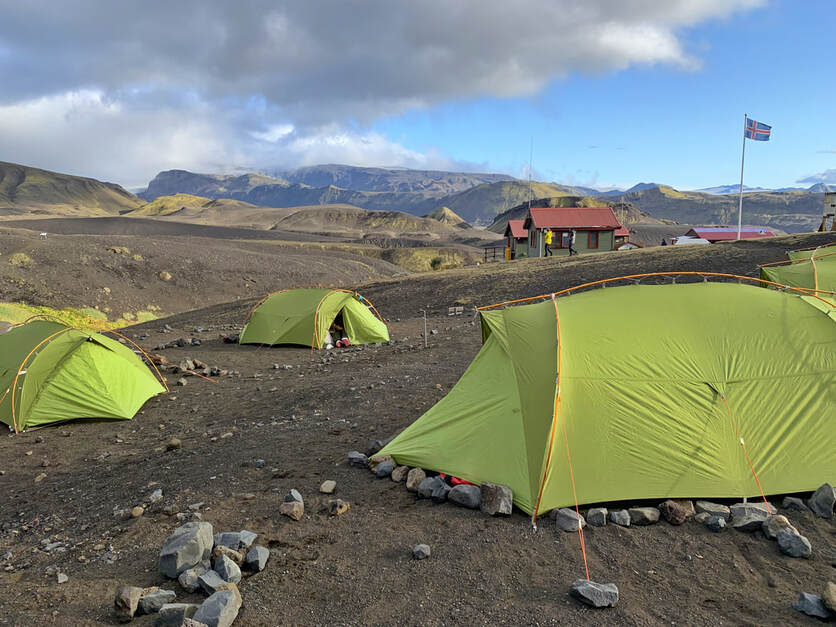
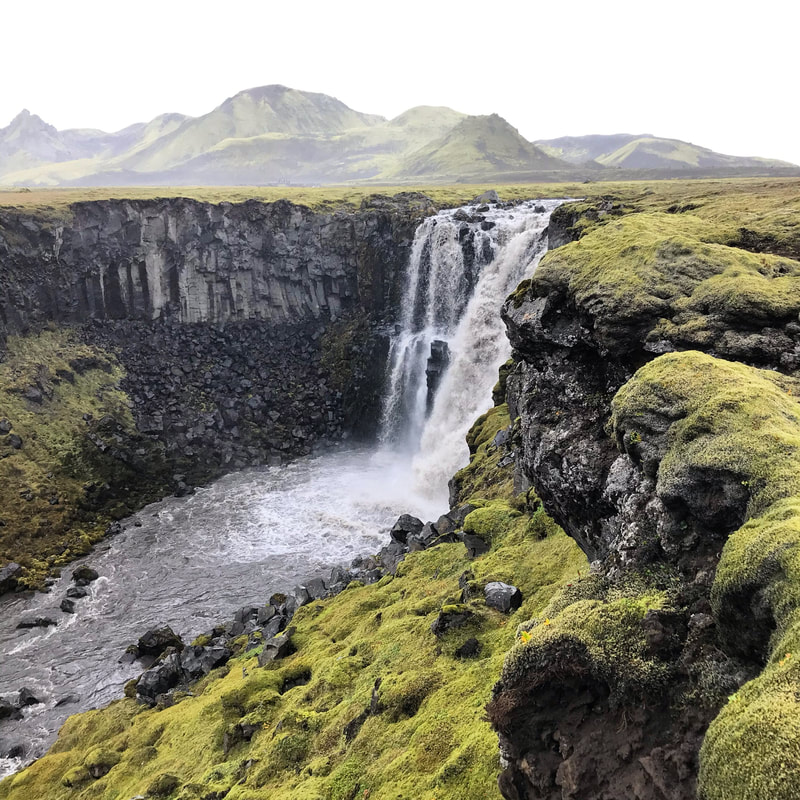
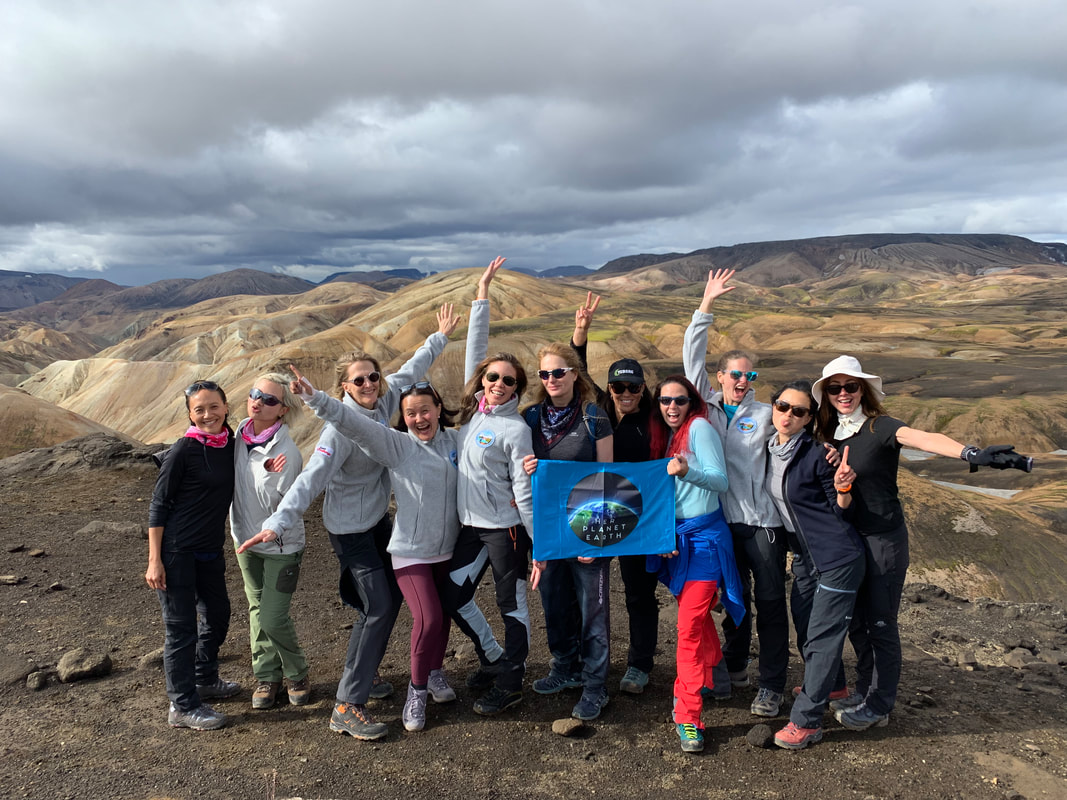
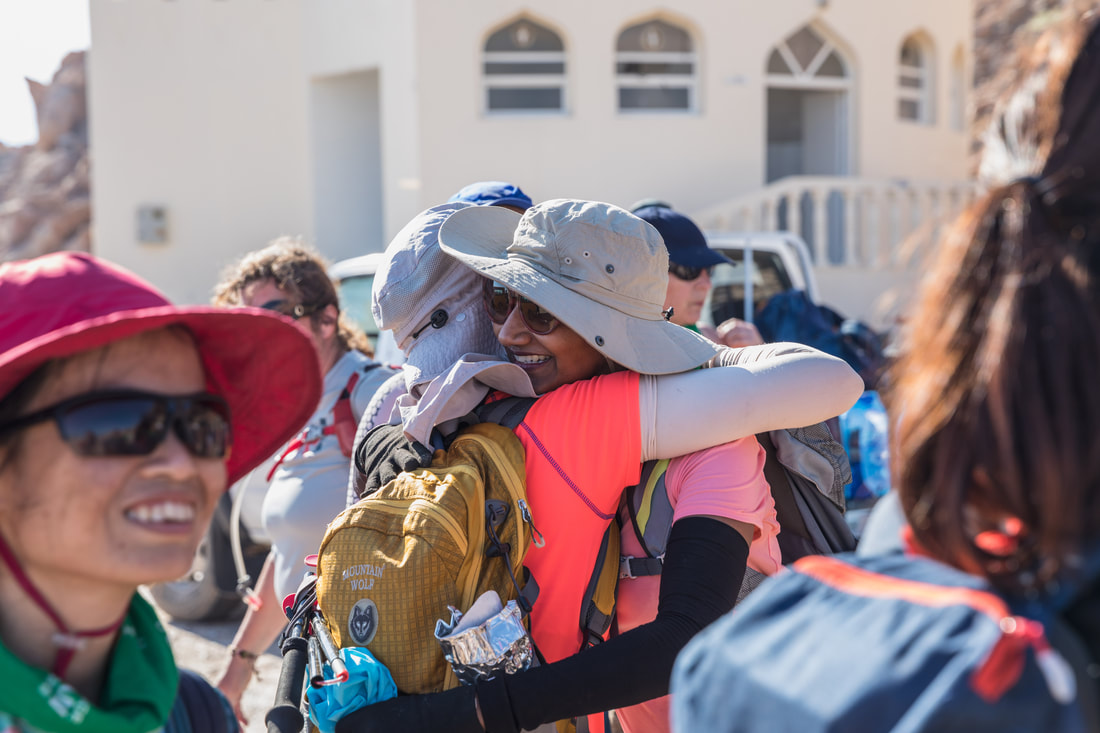

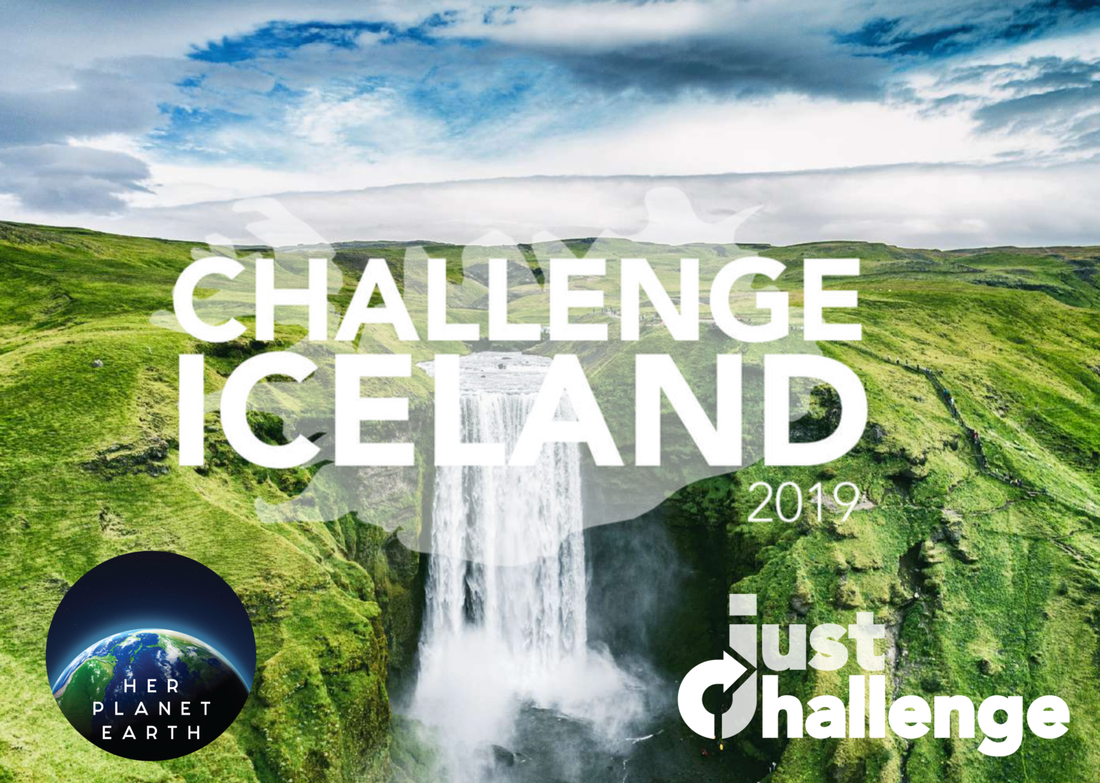
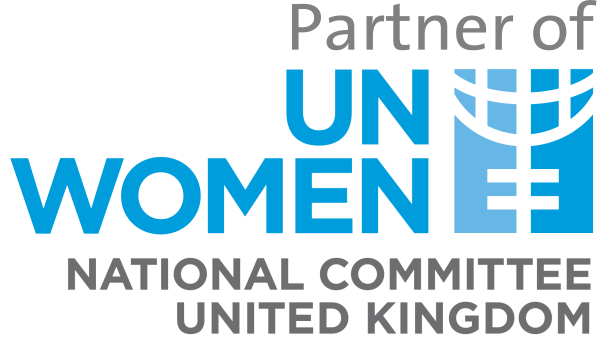
 RSS Feed
RSS Feed